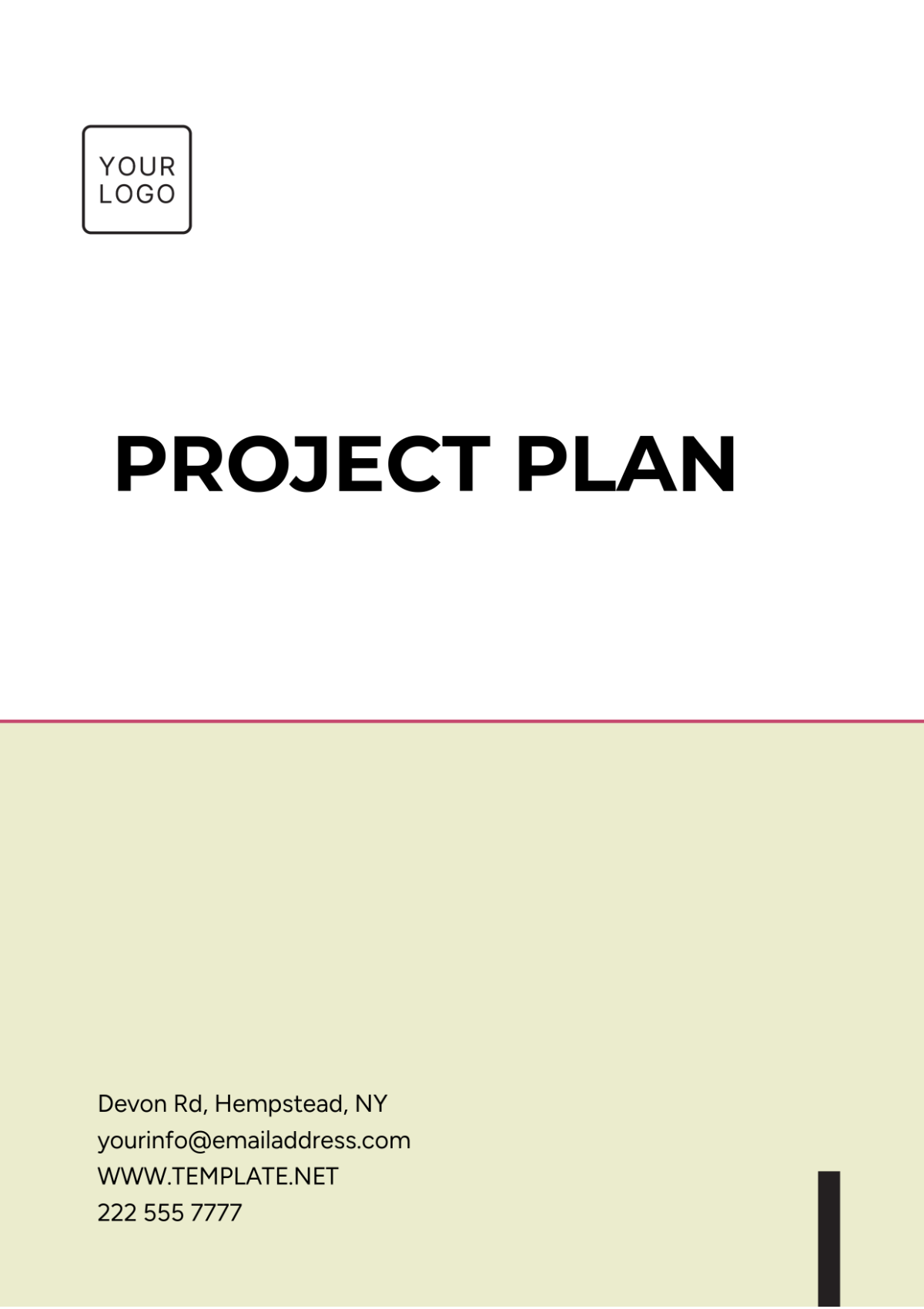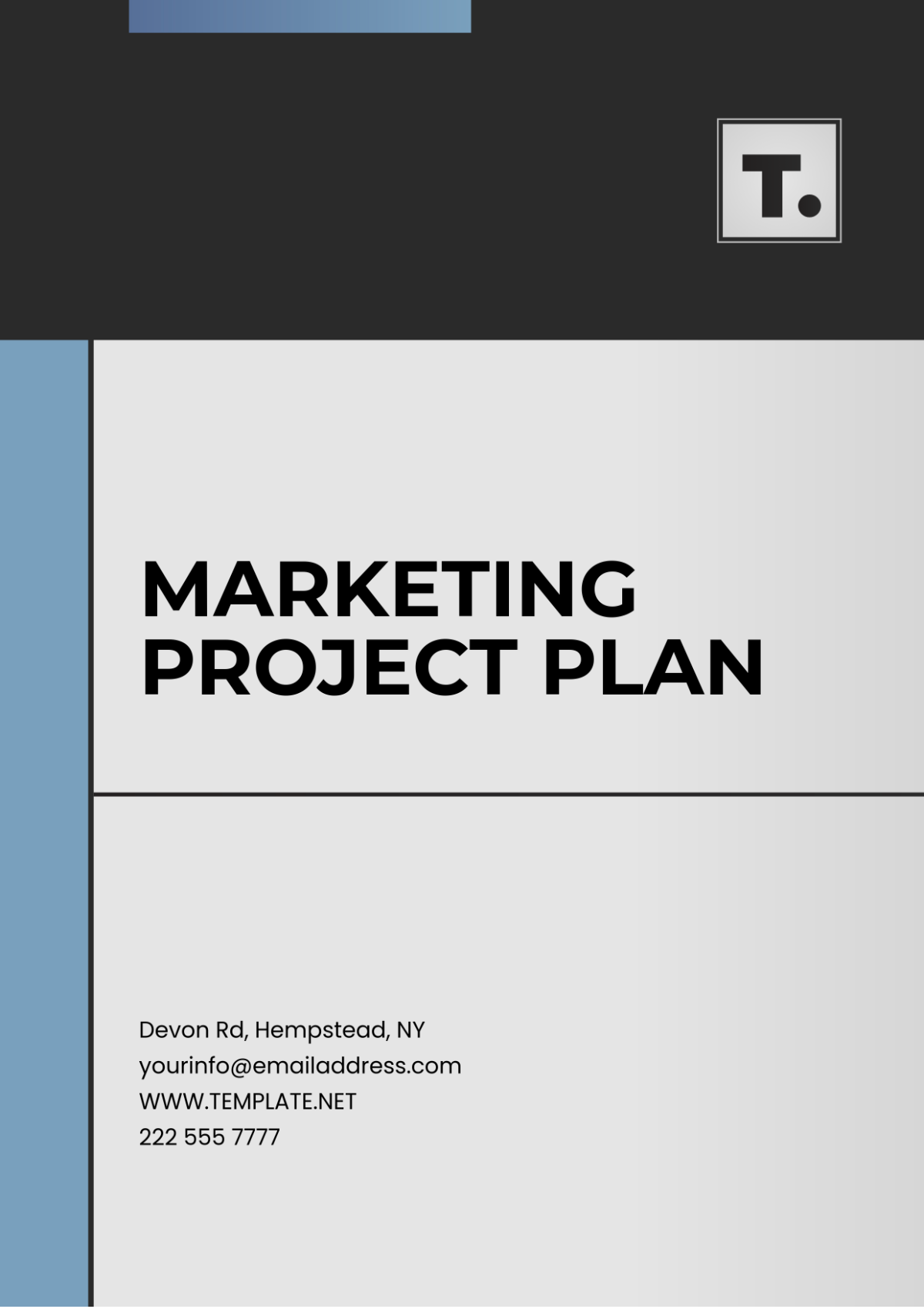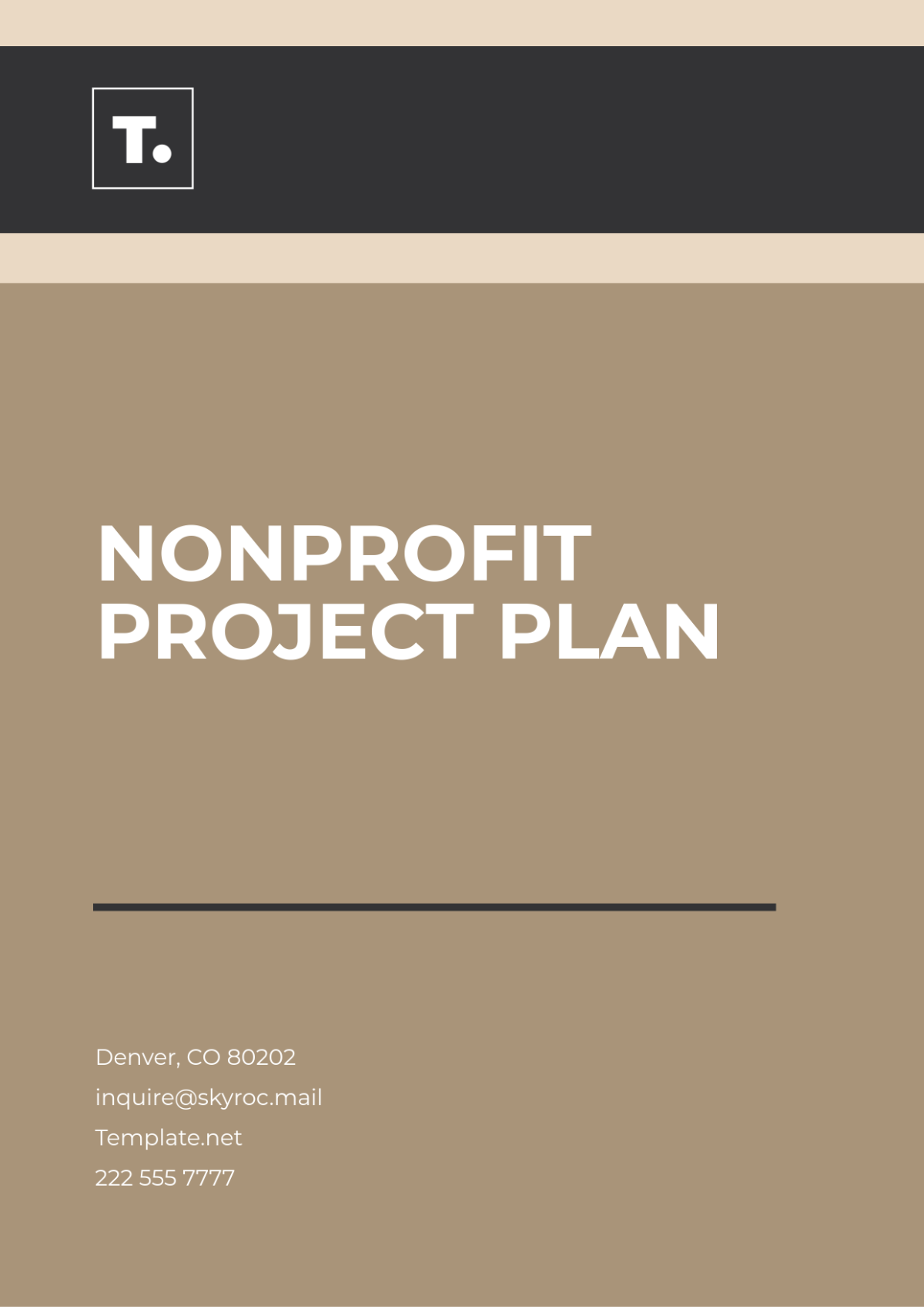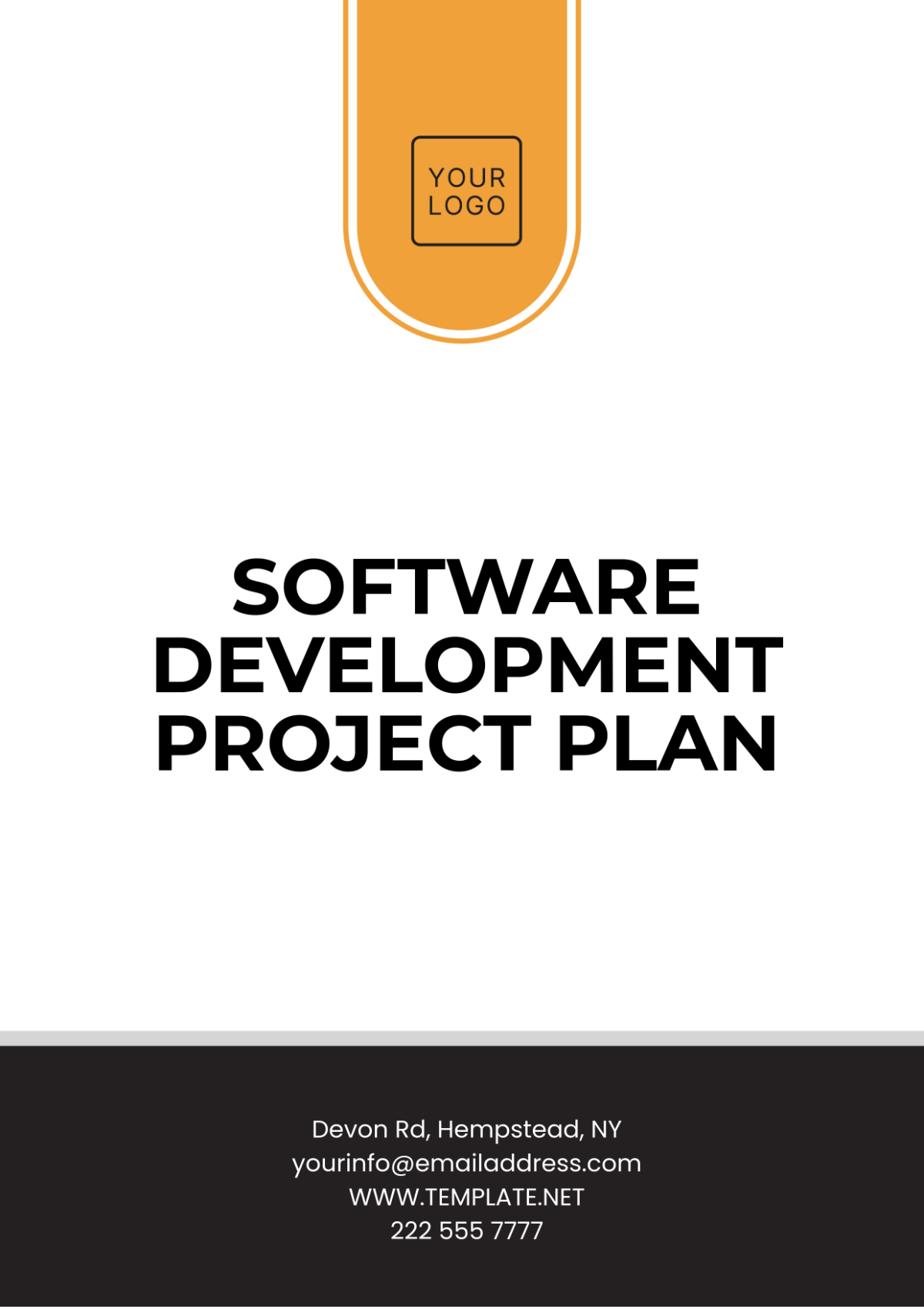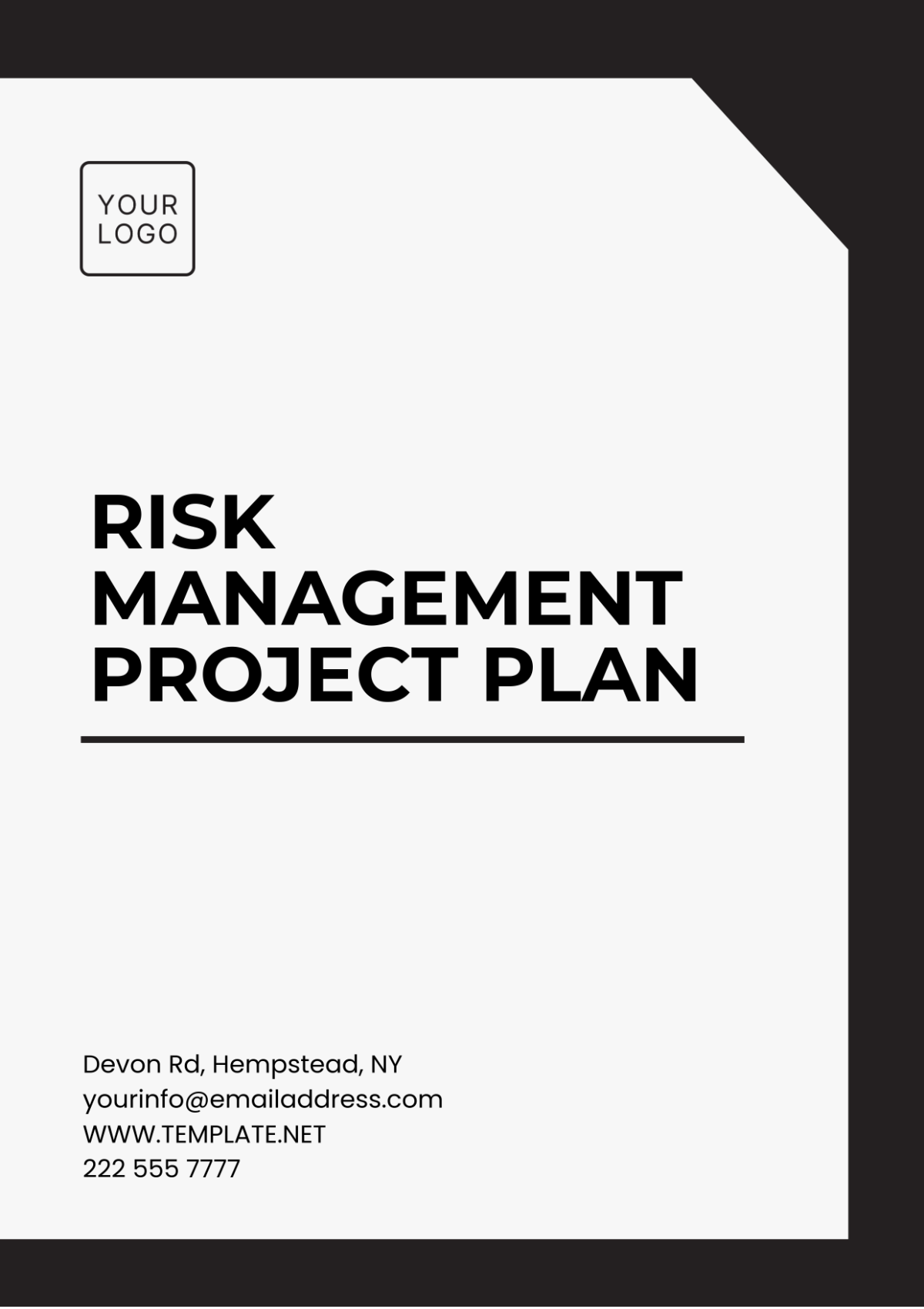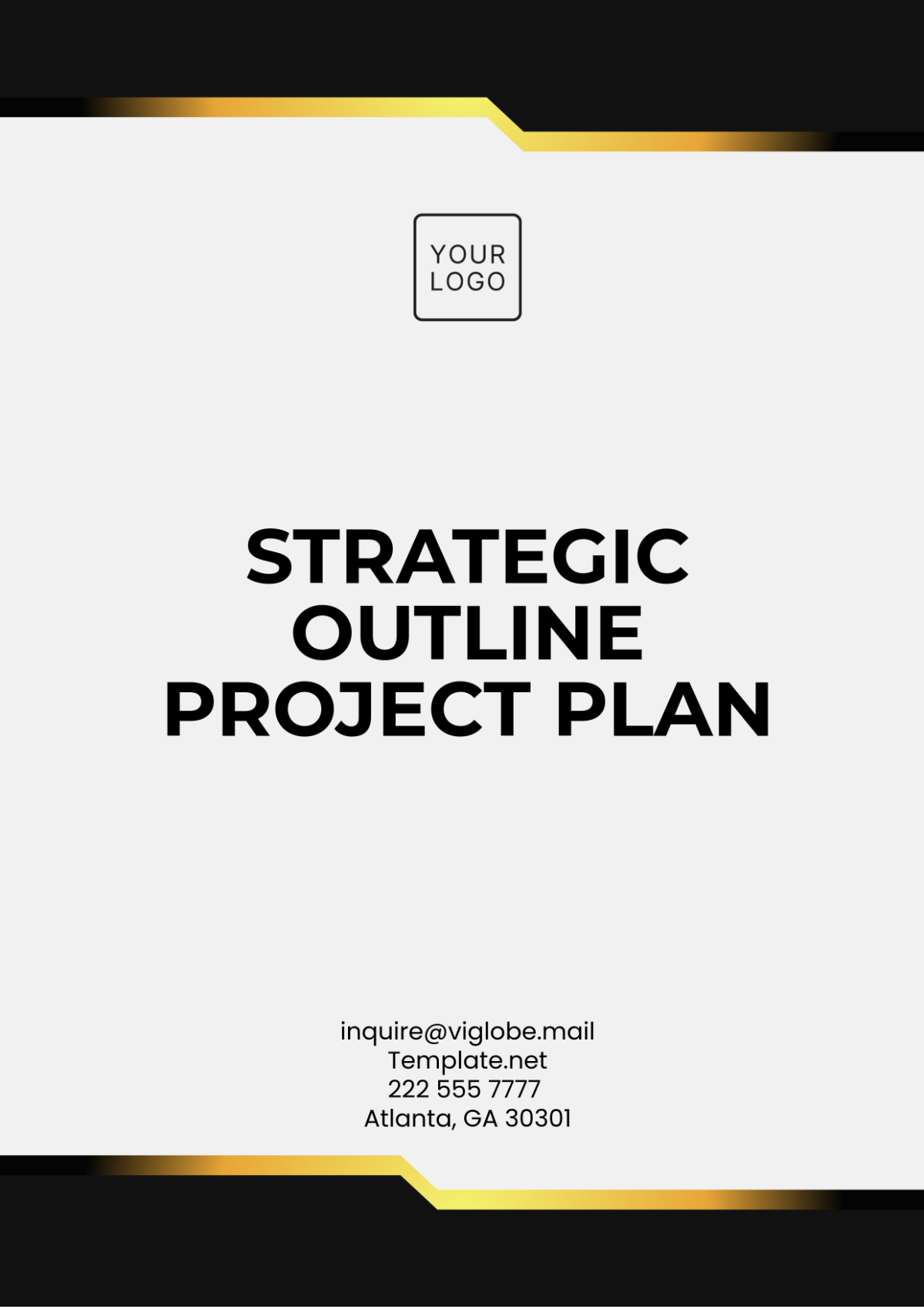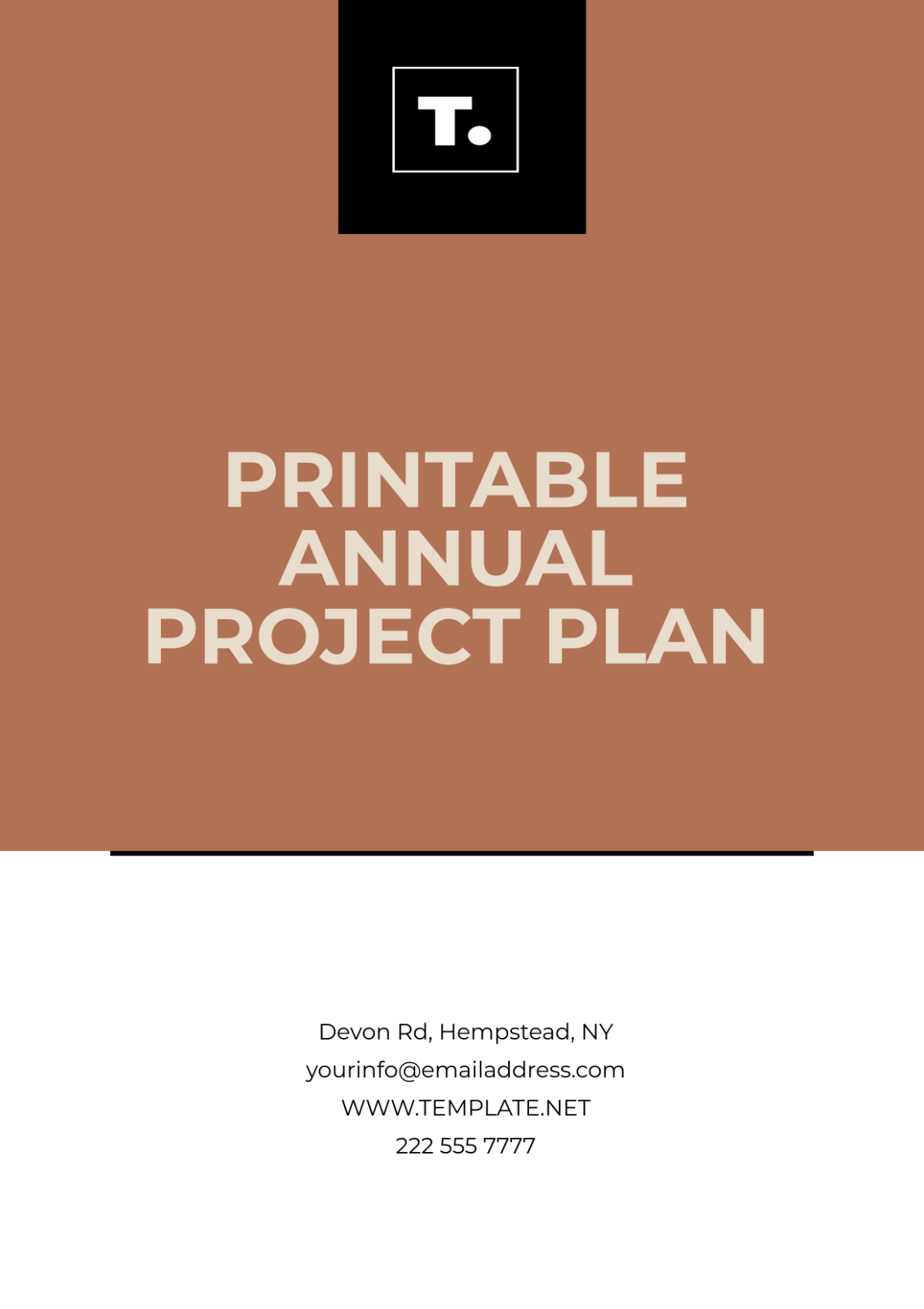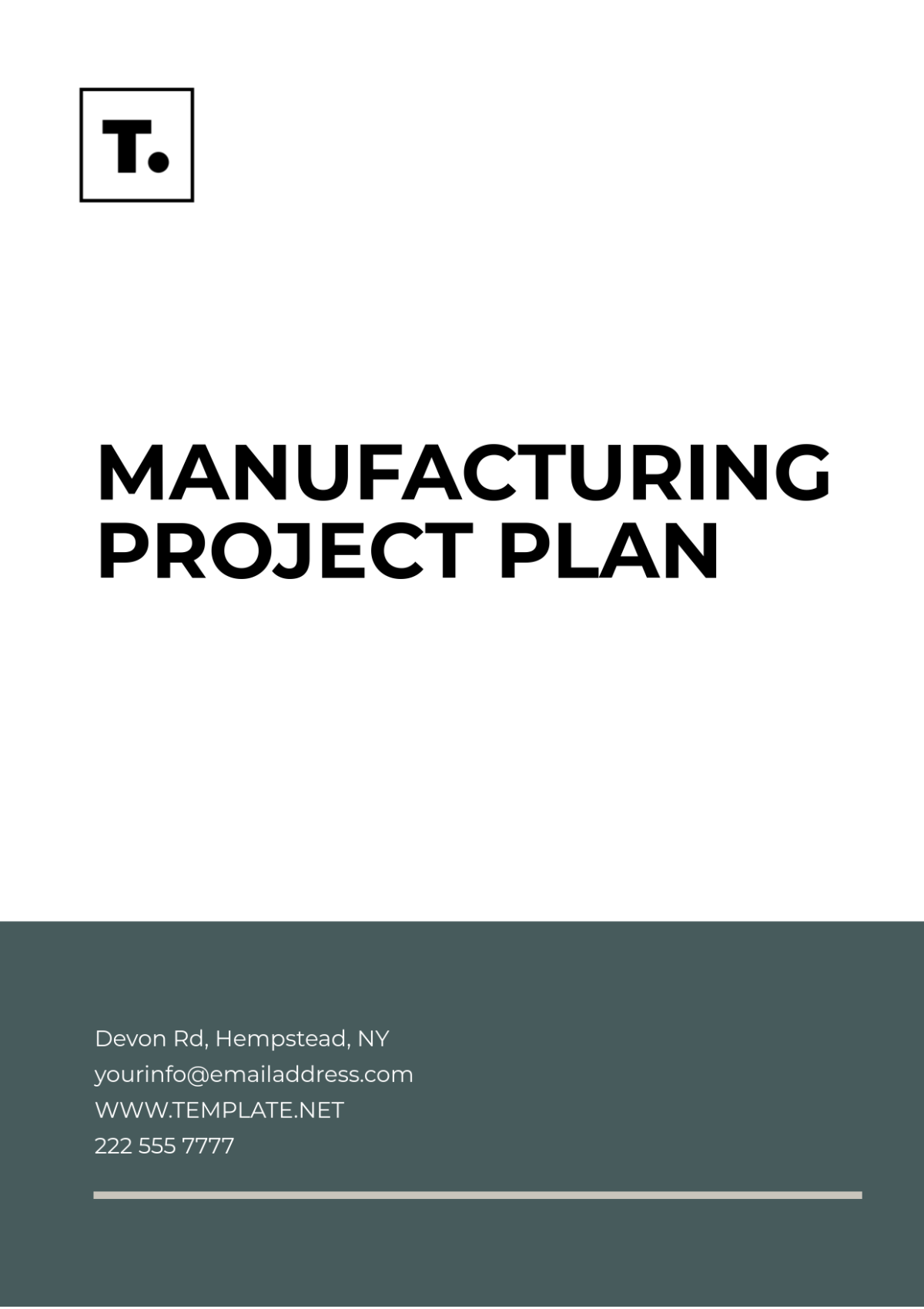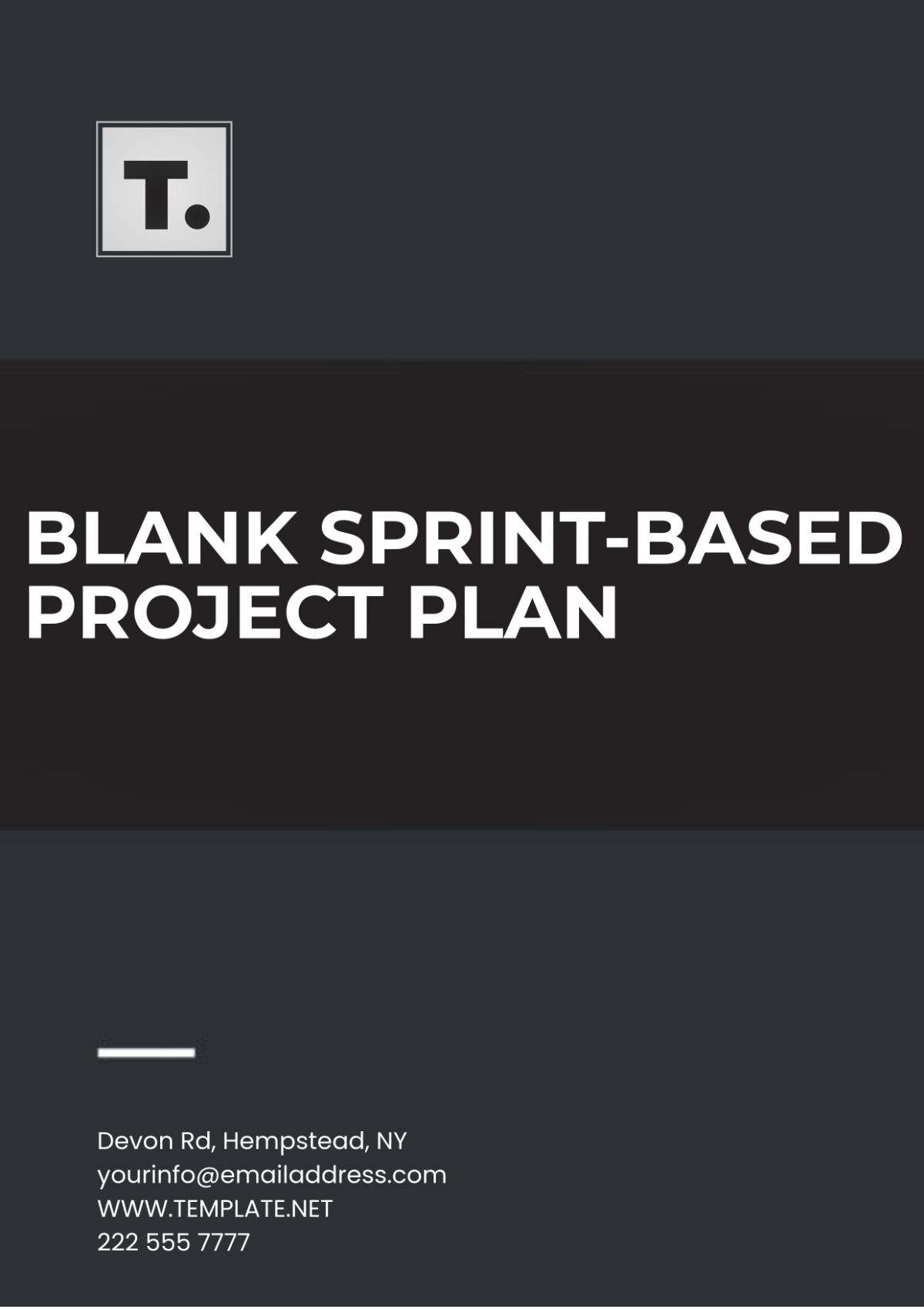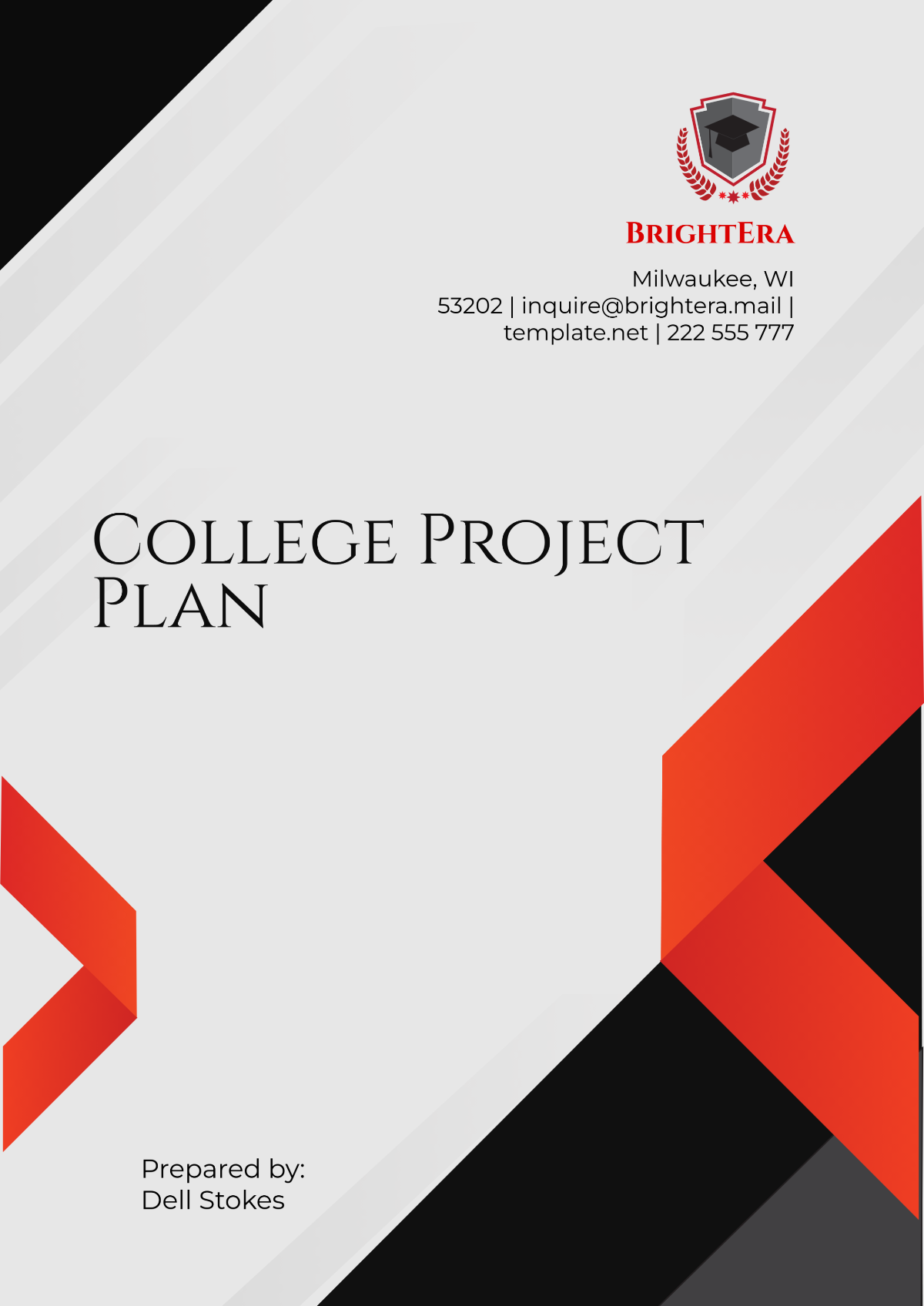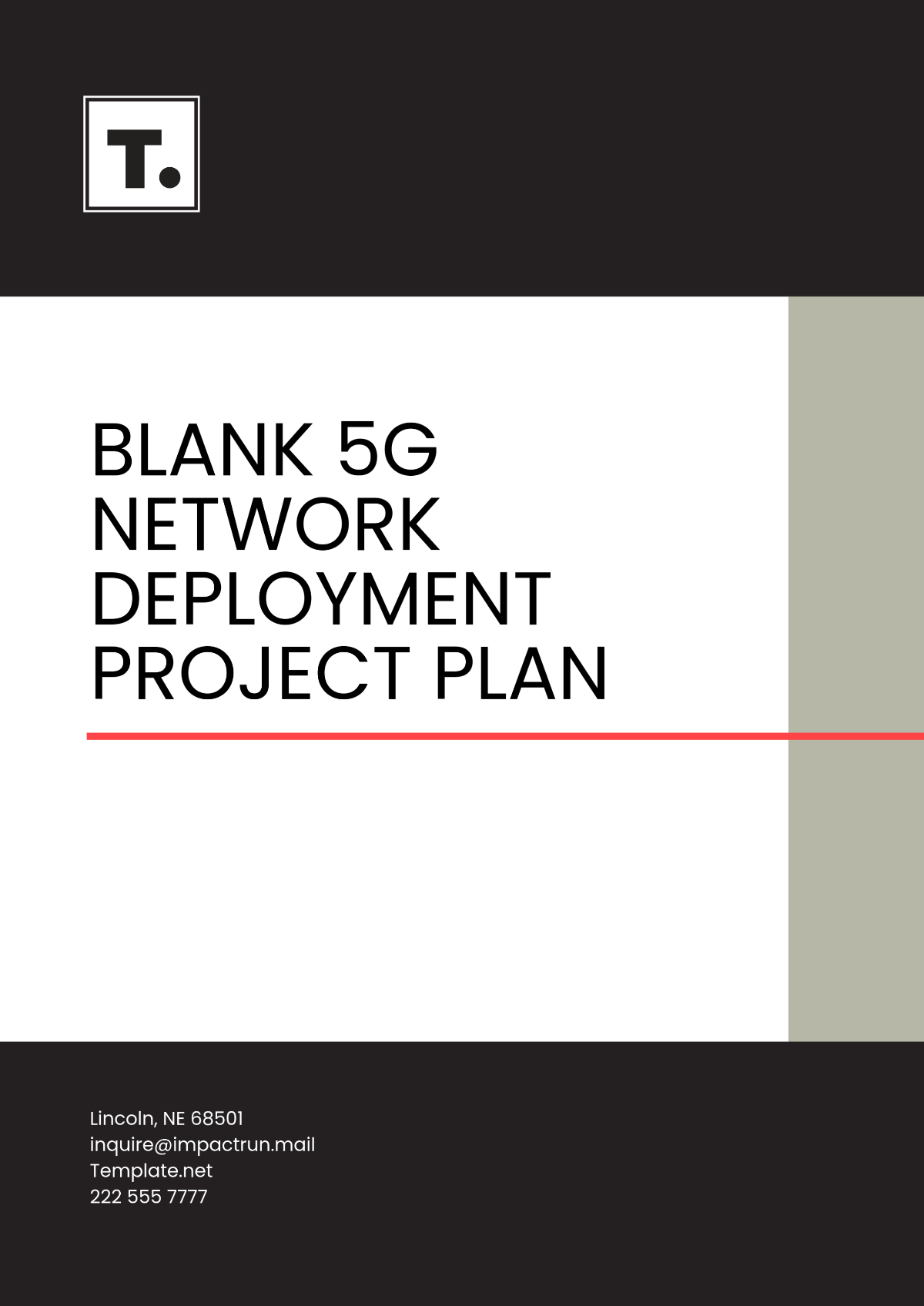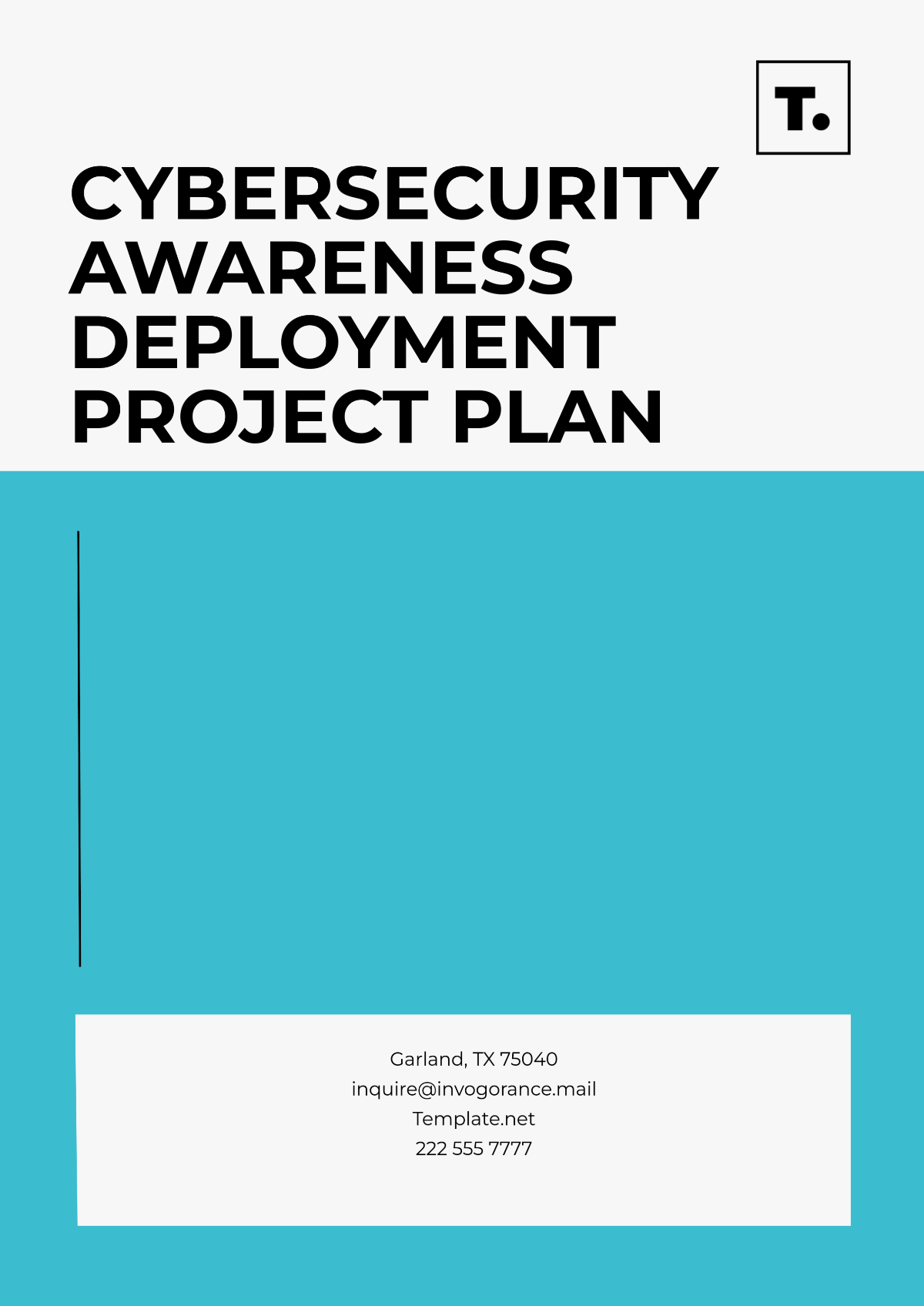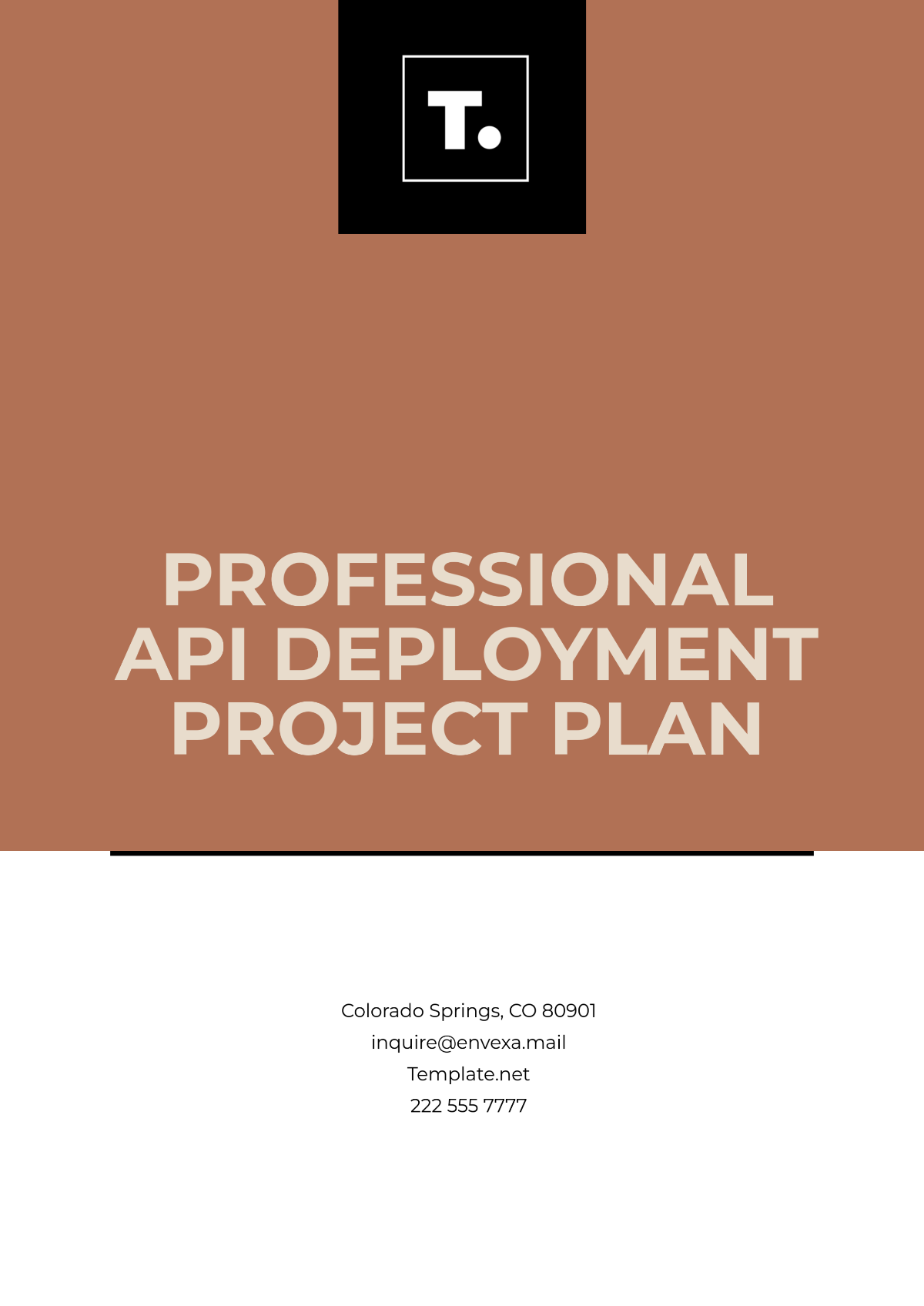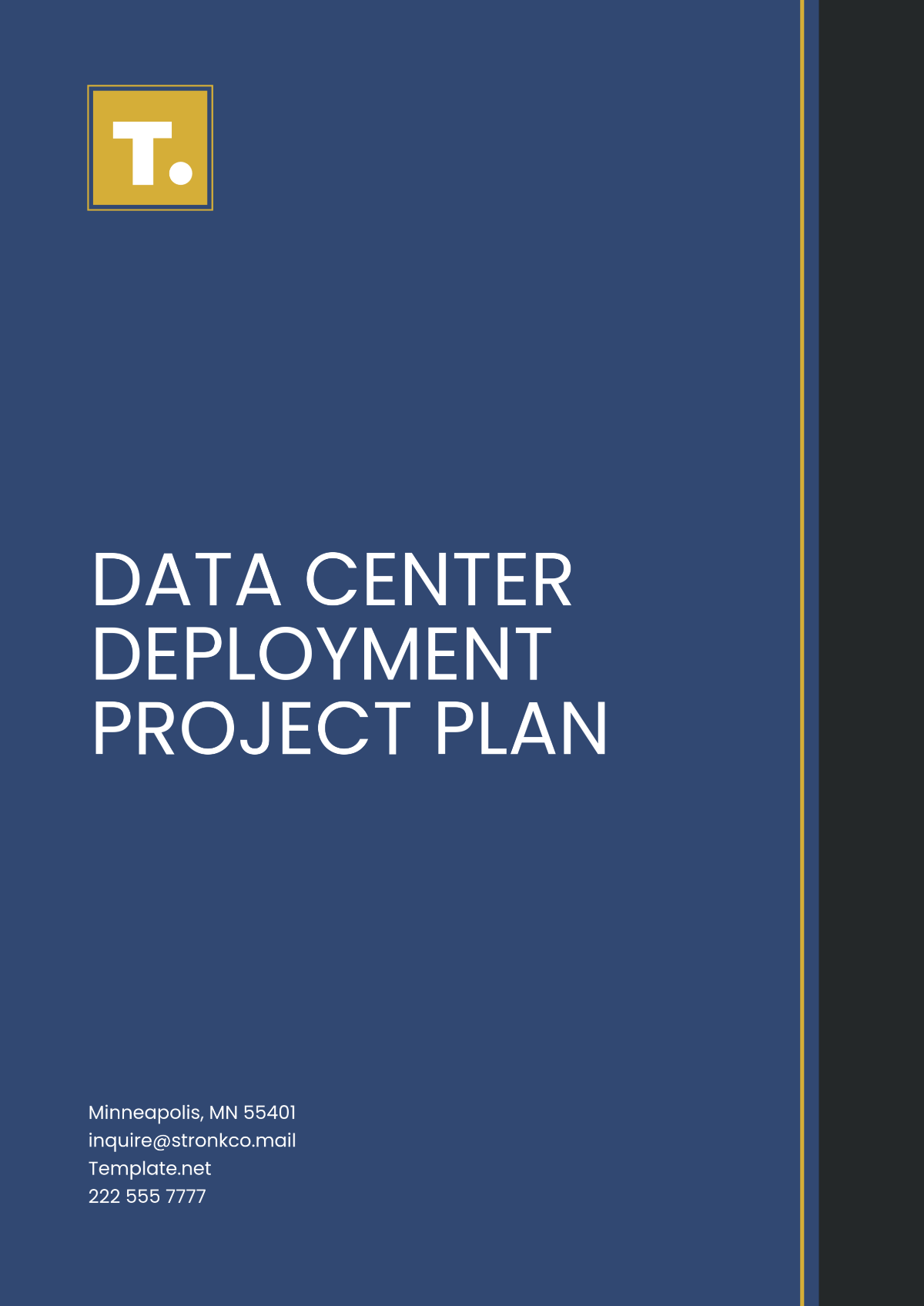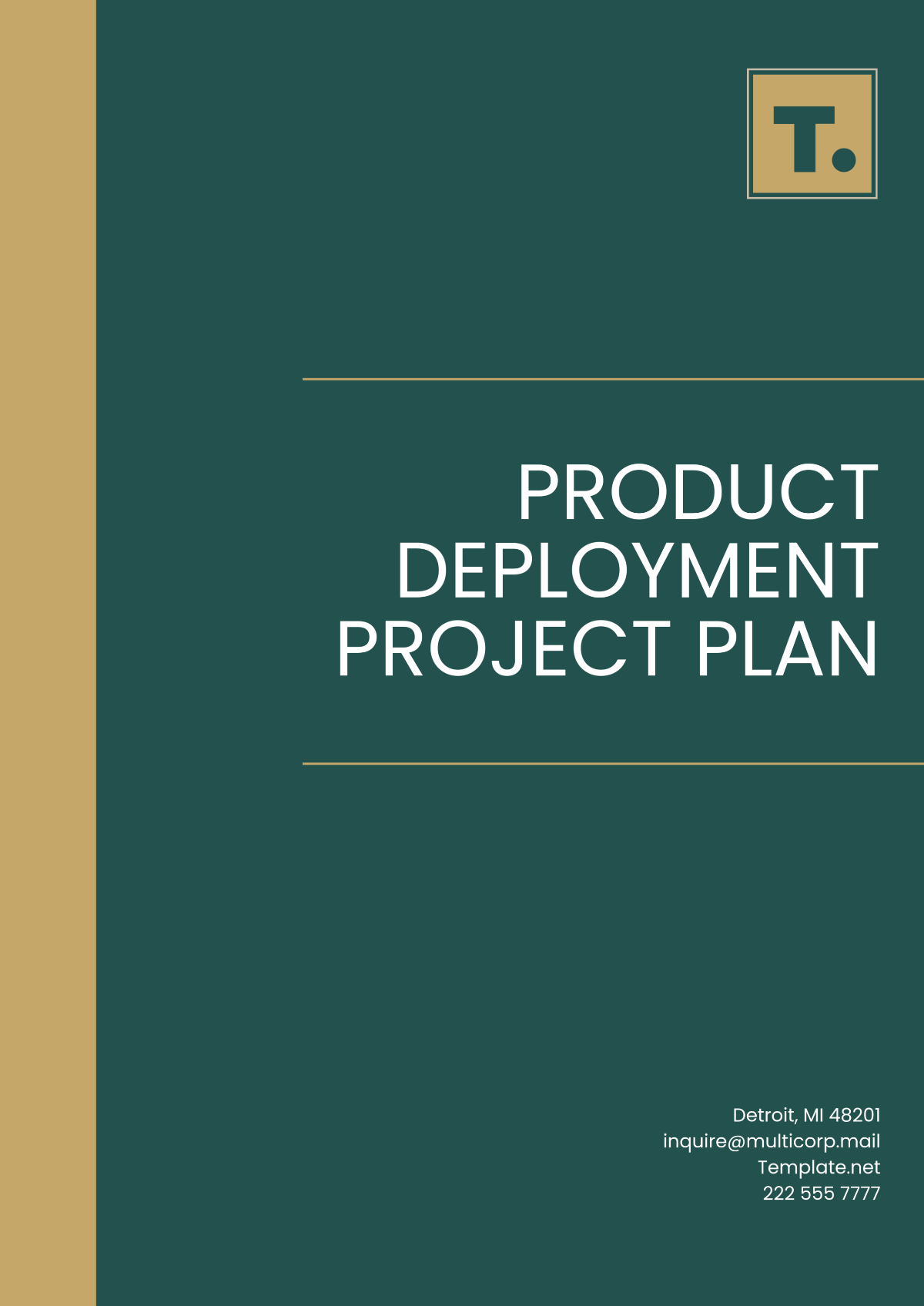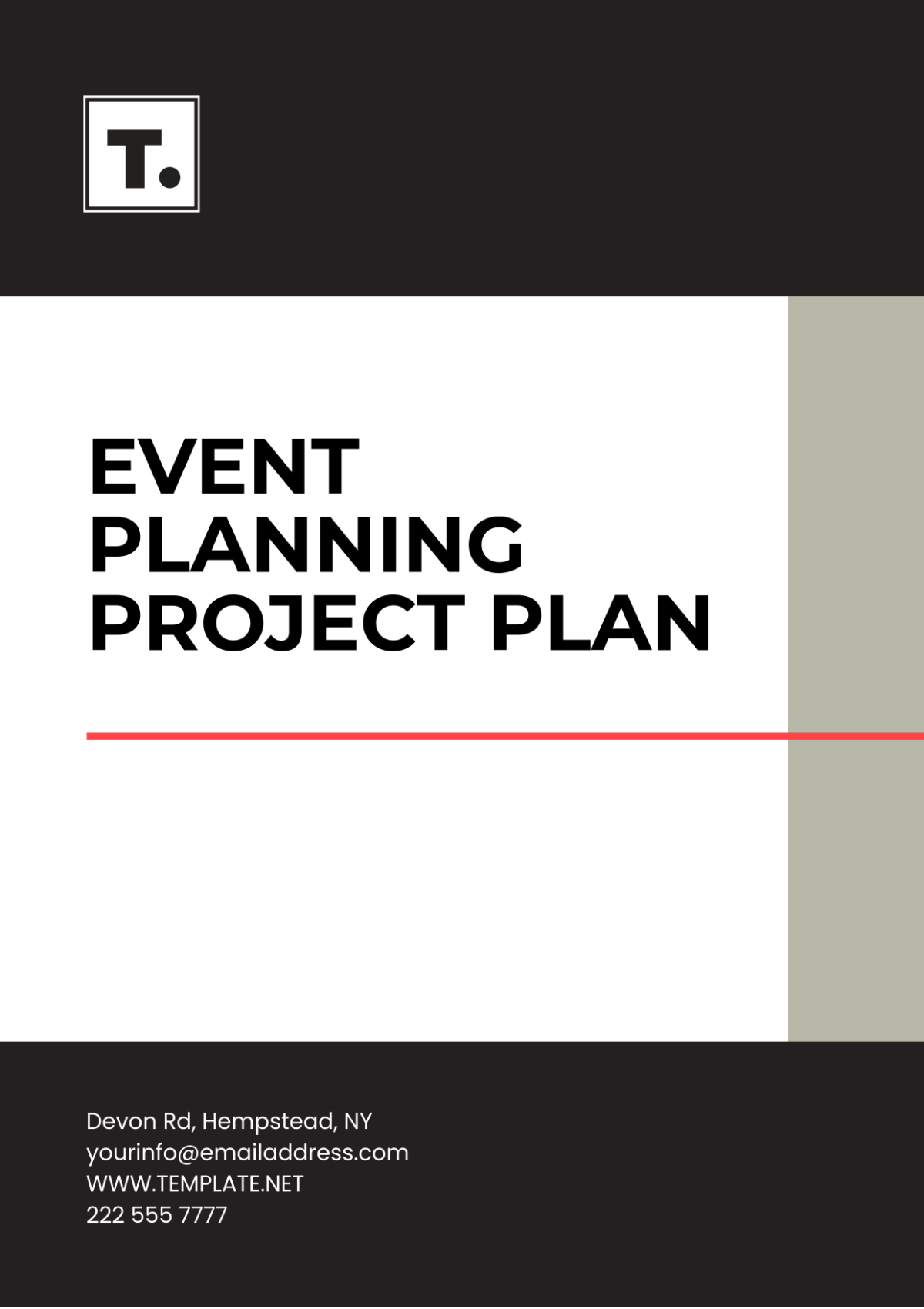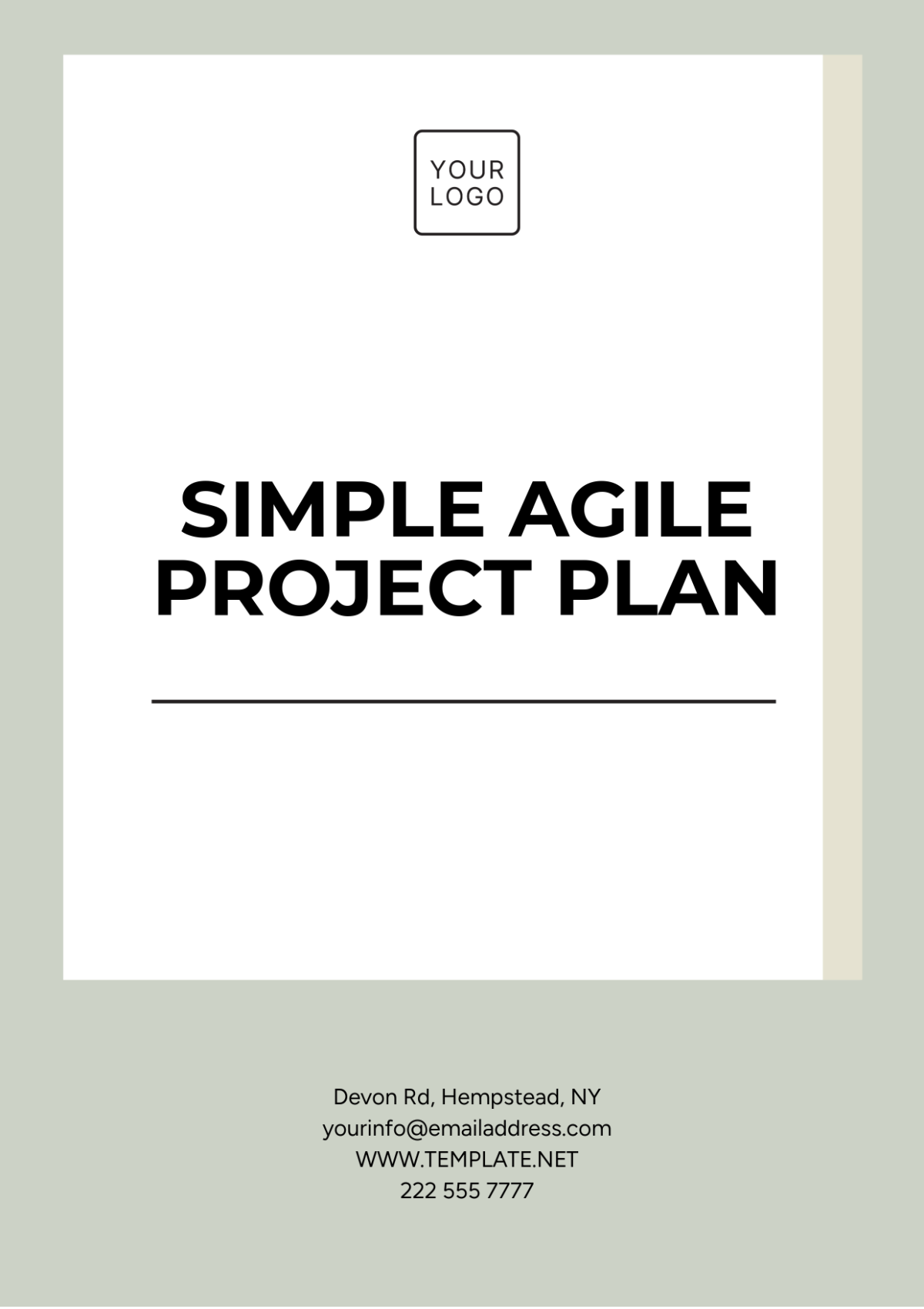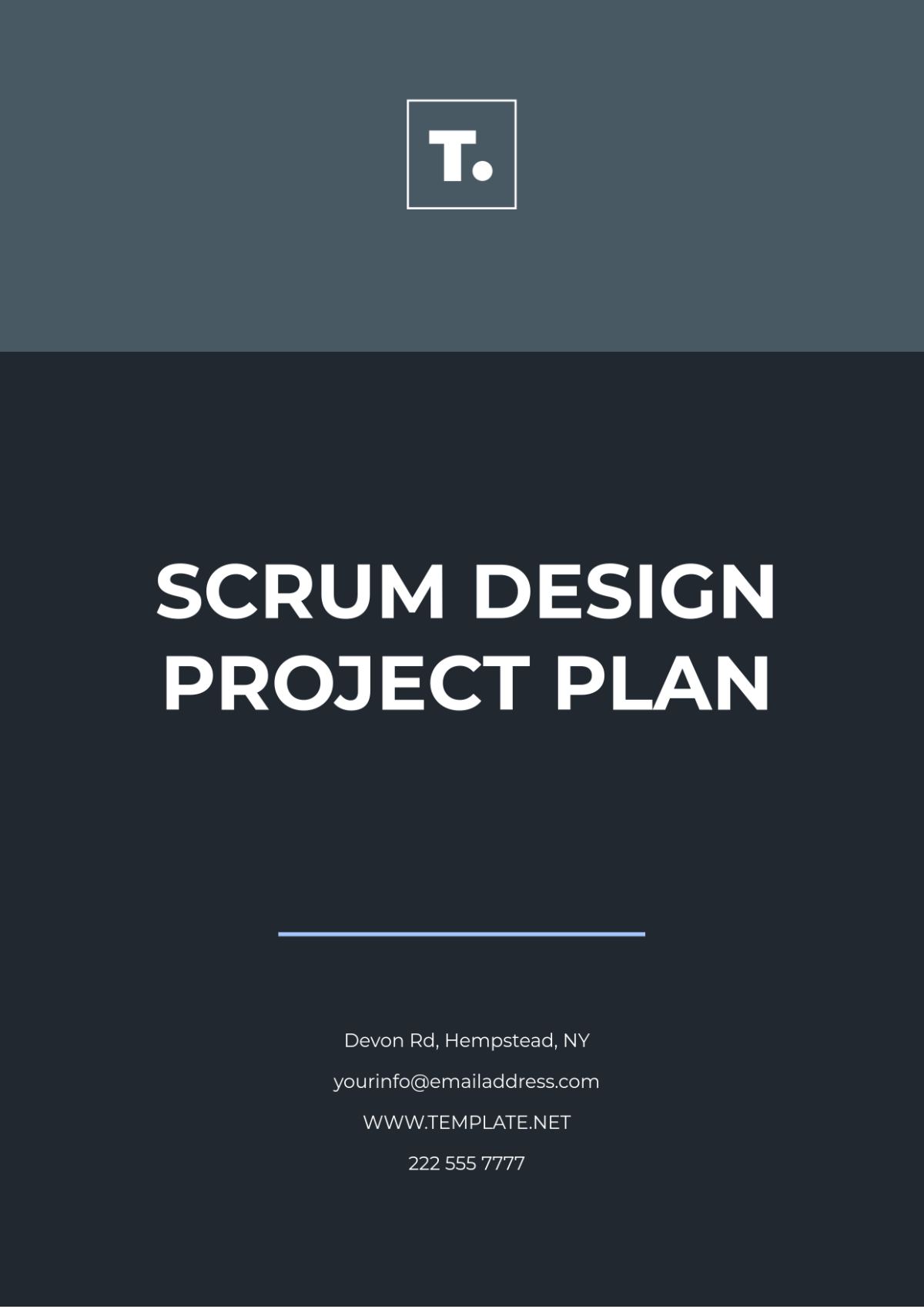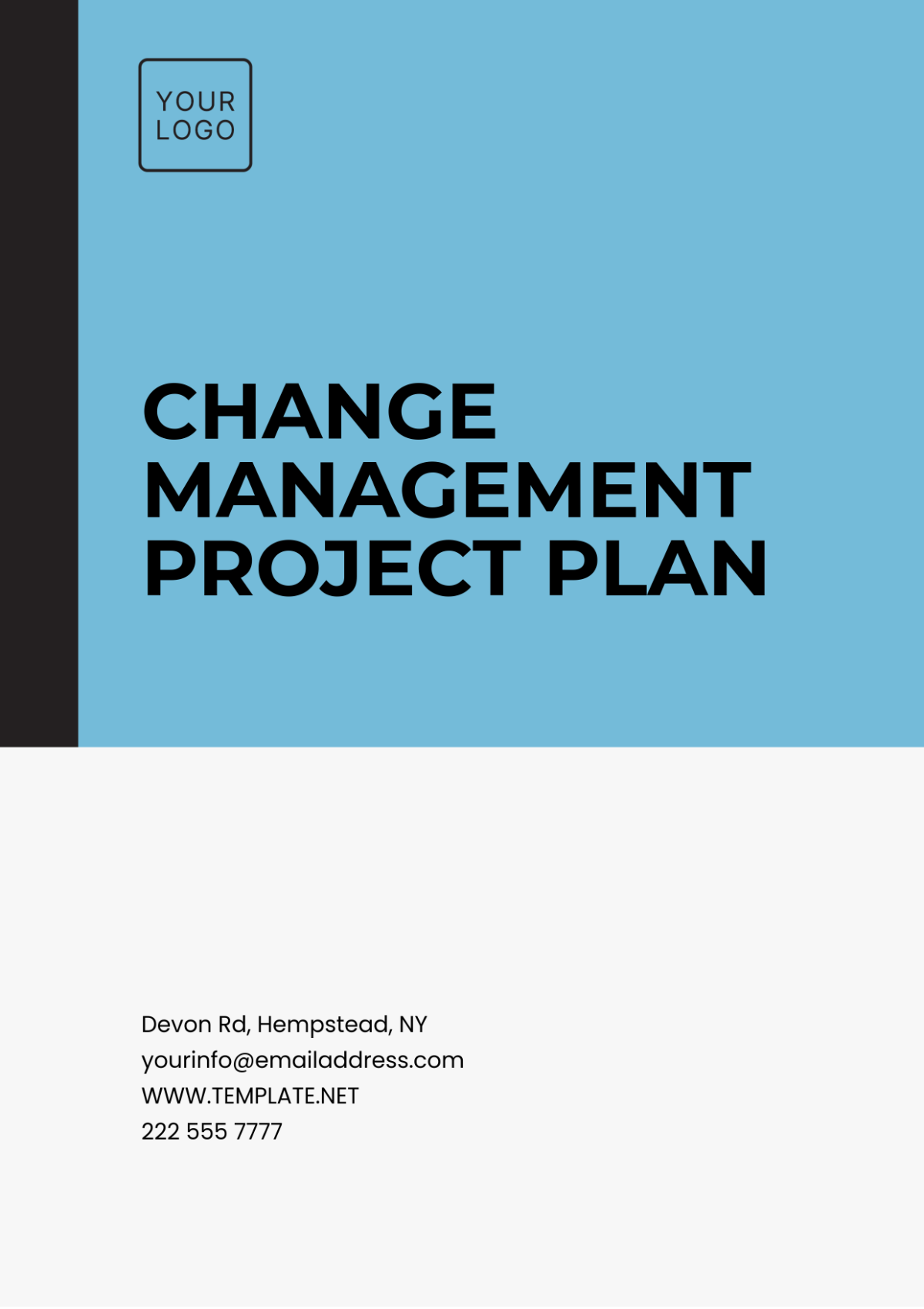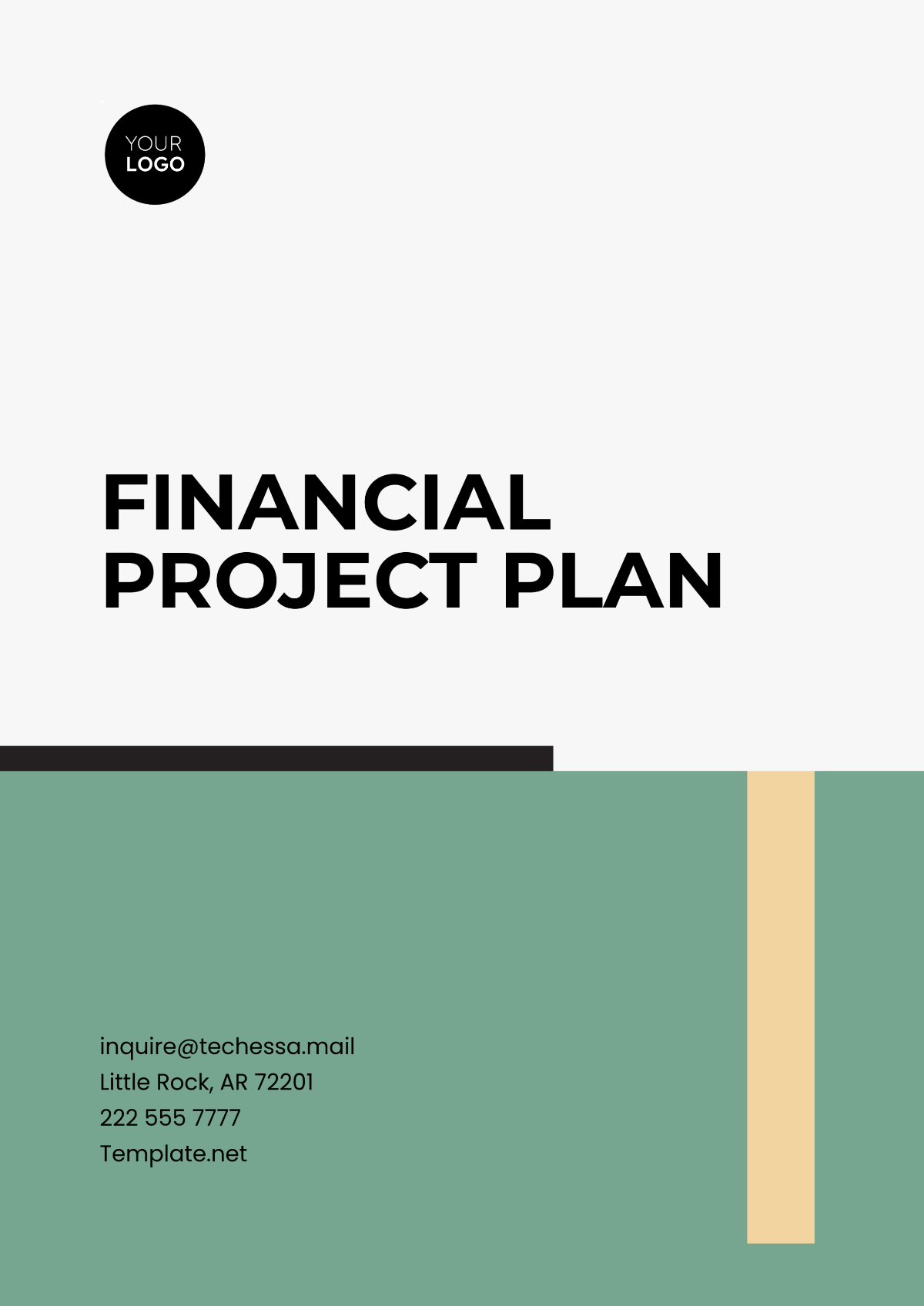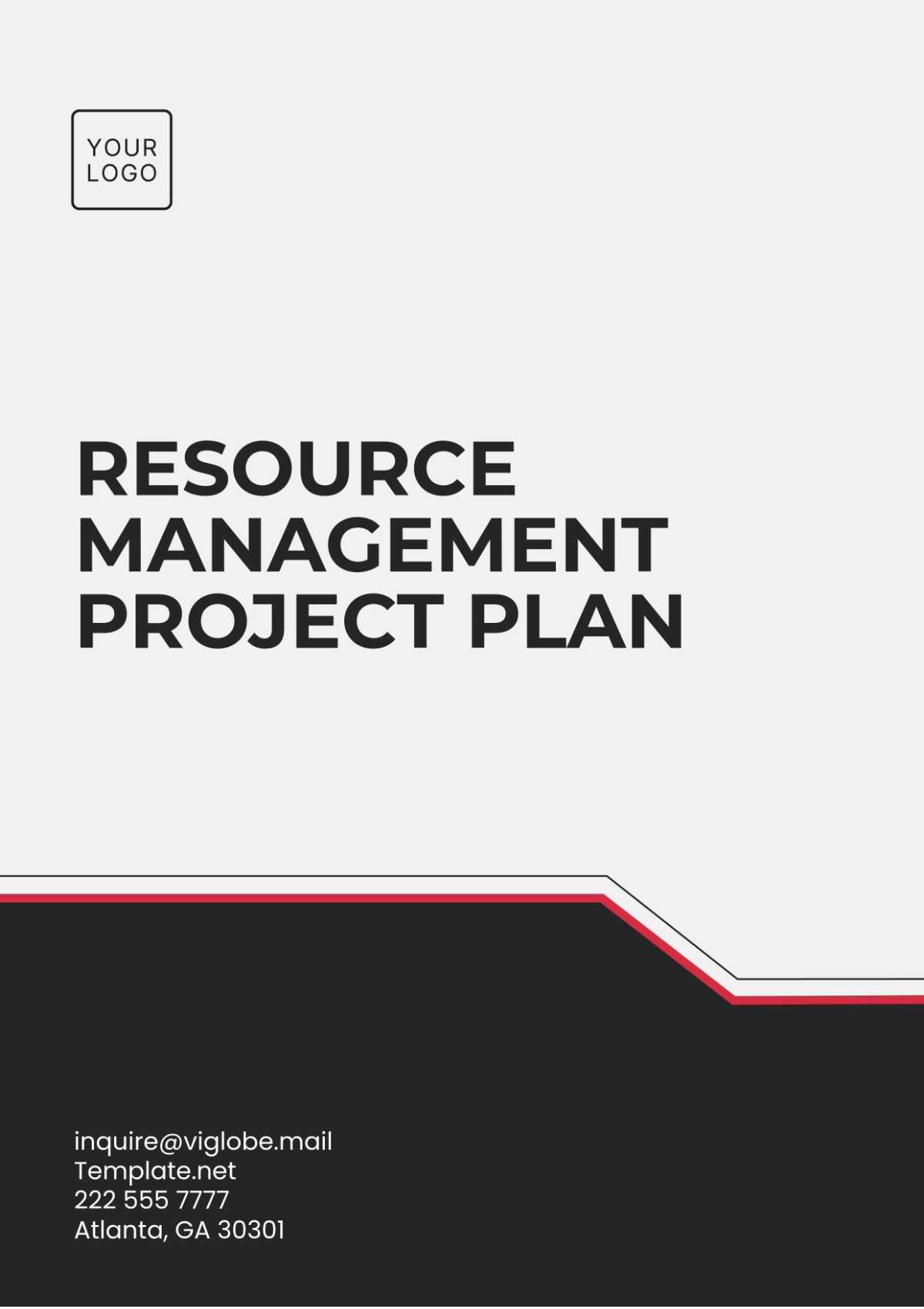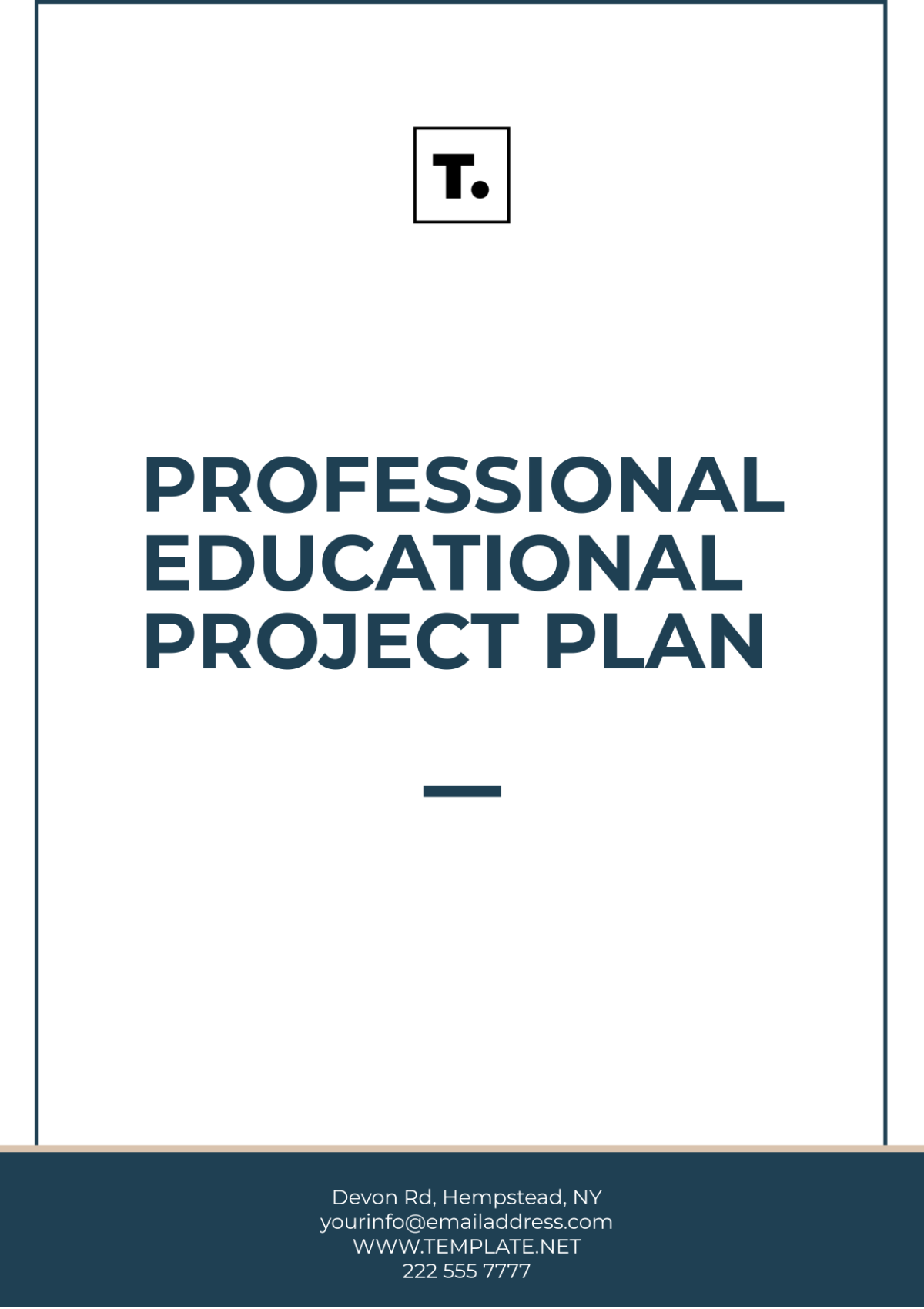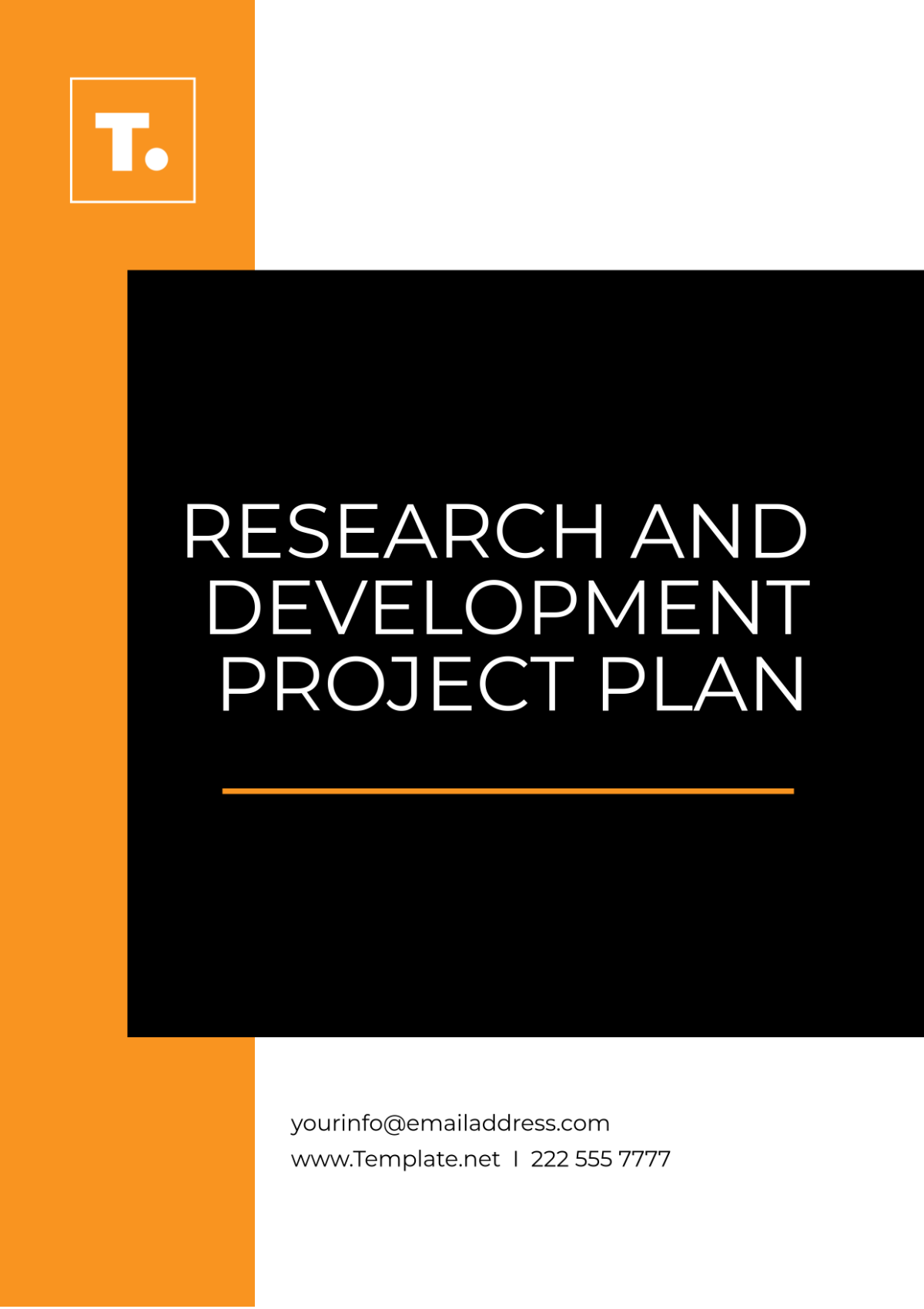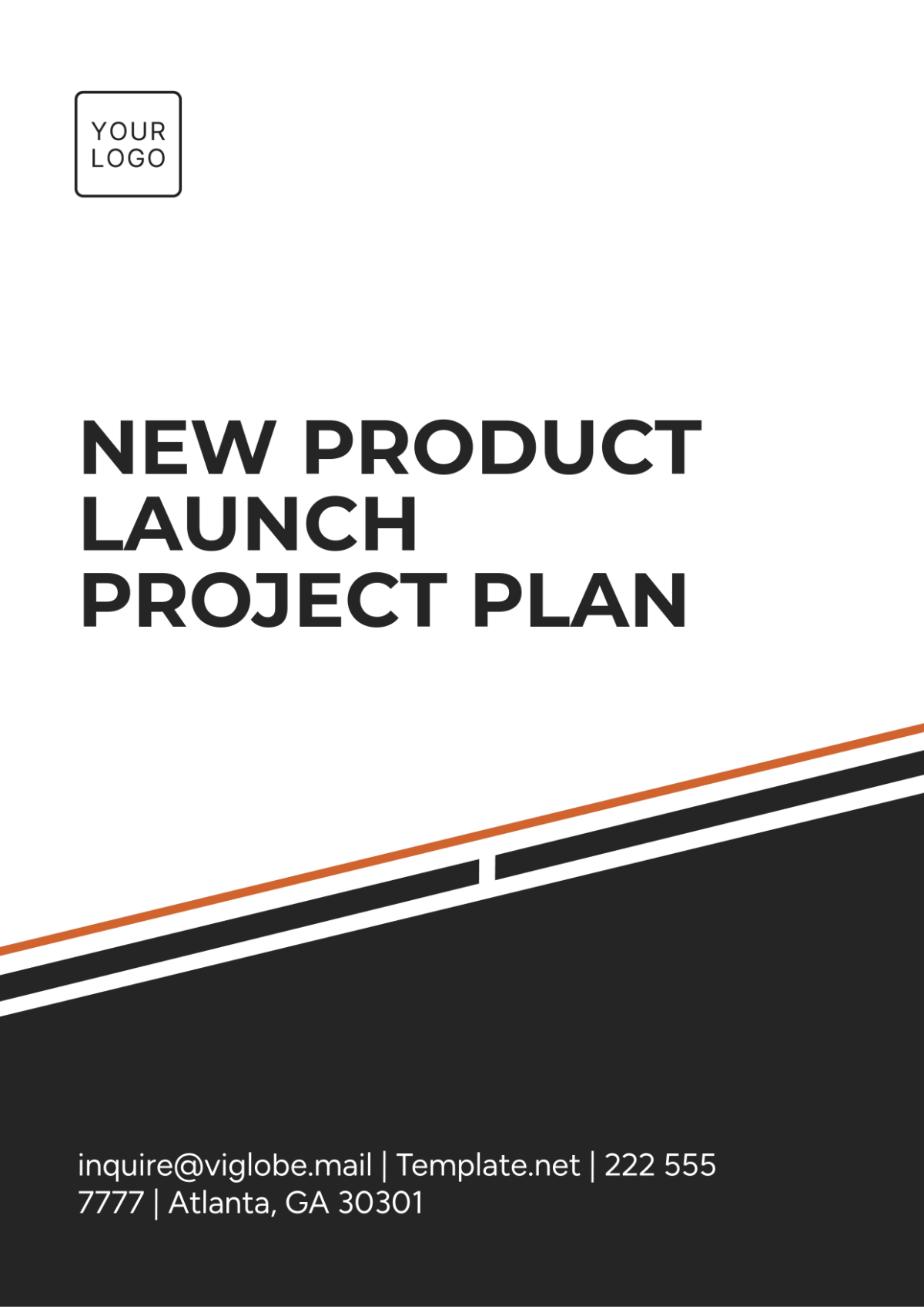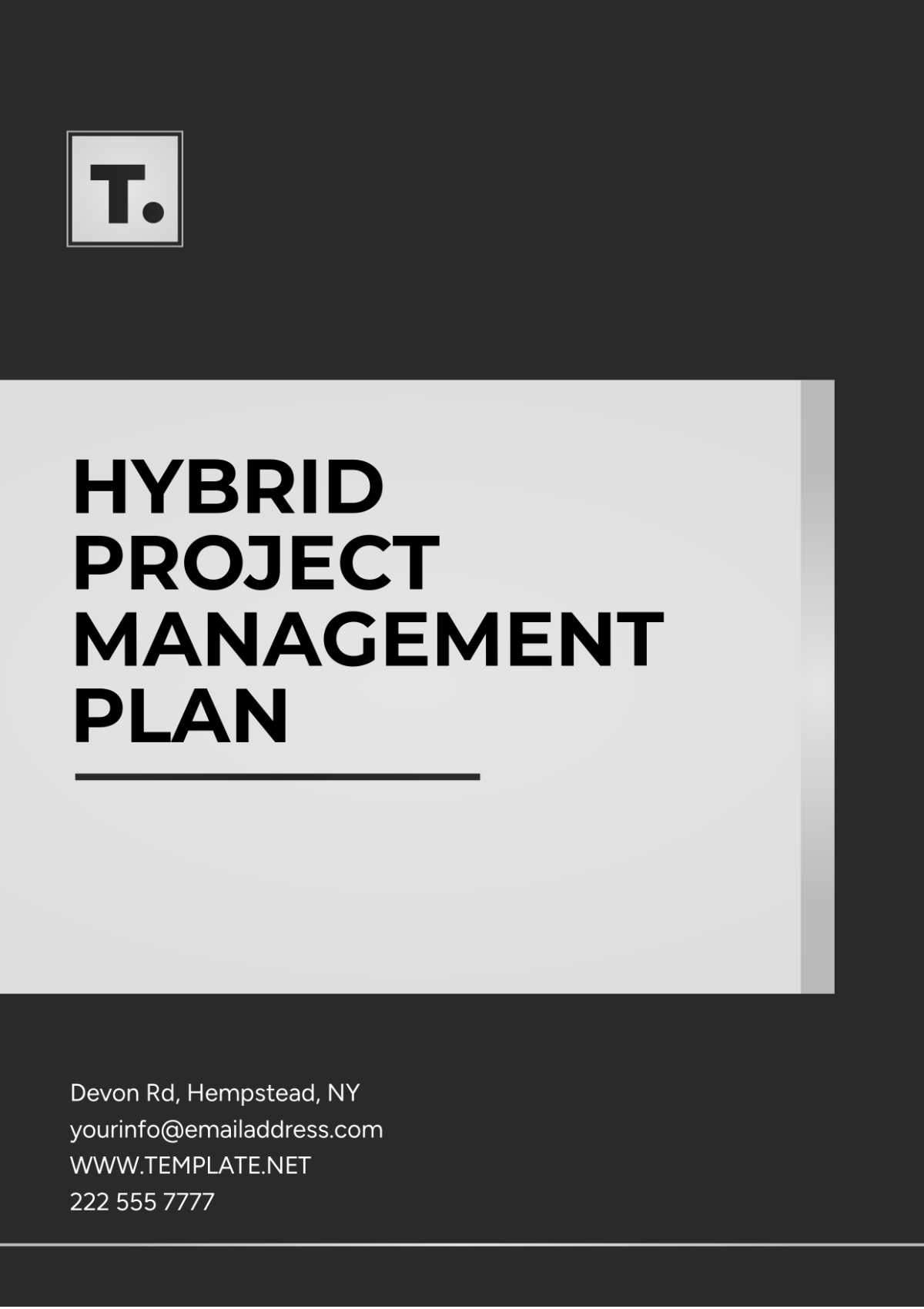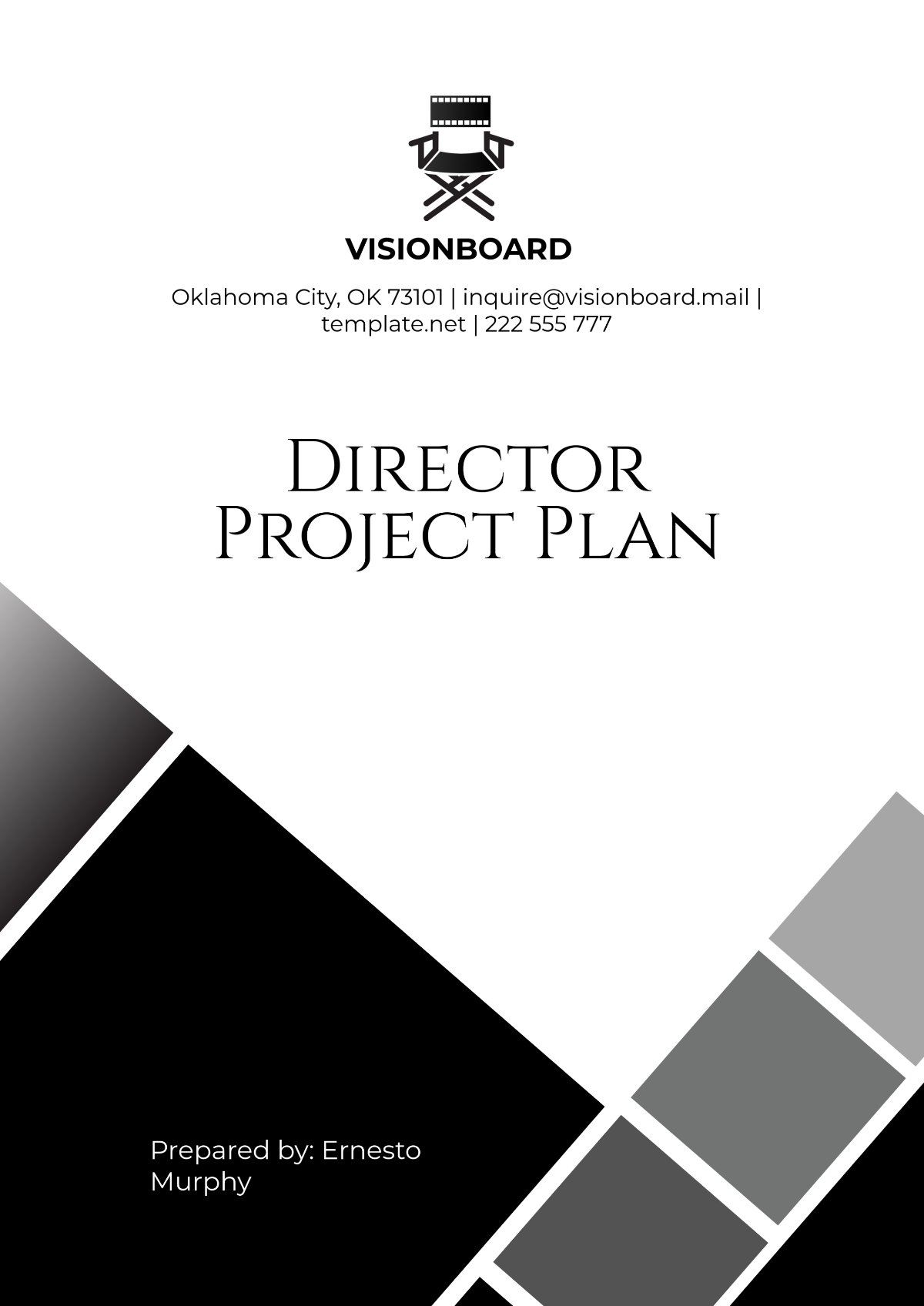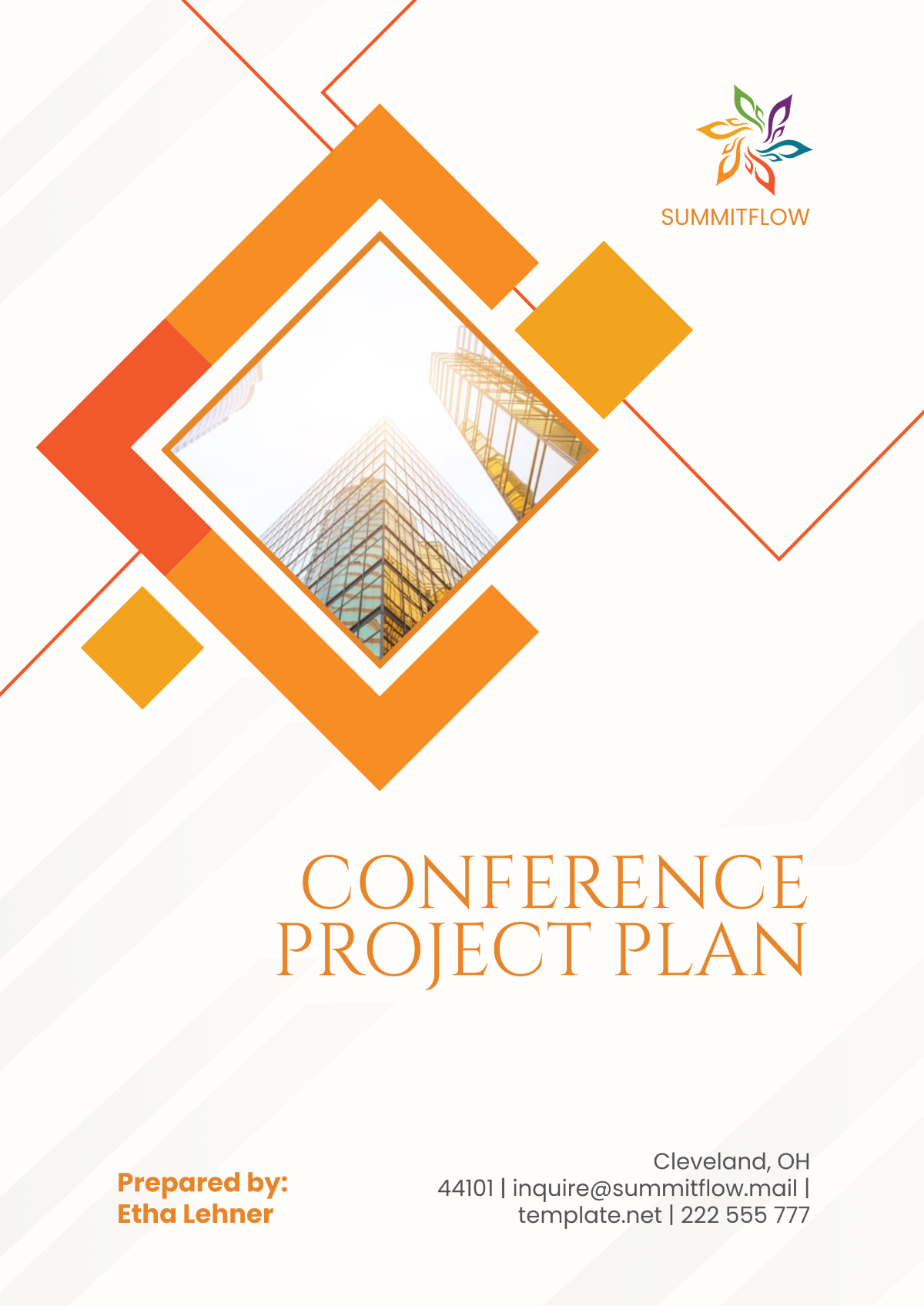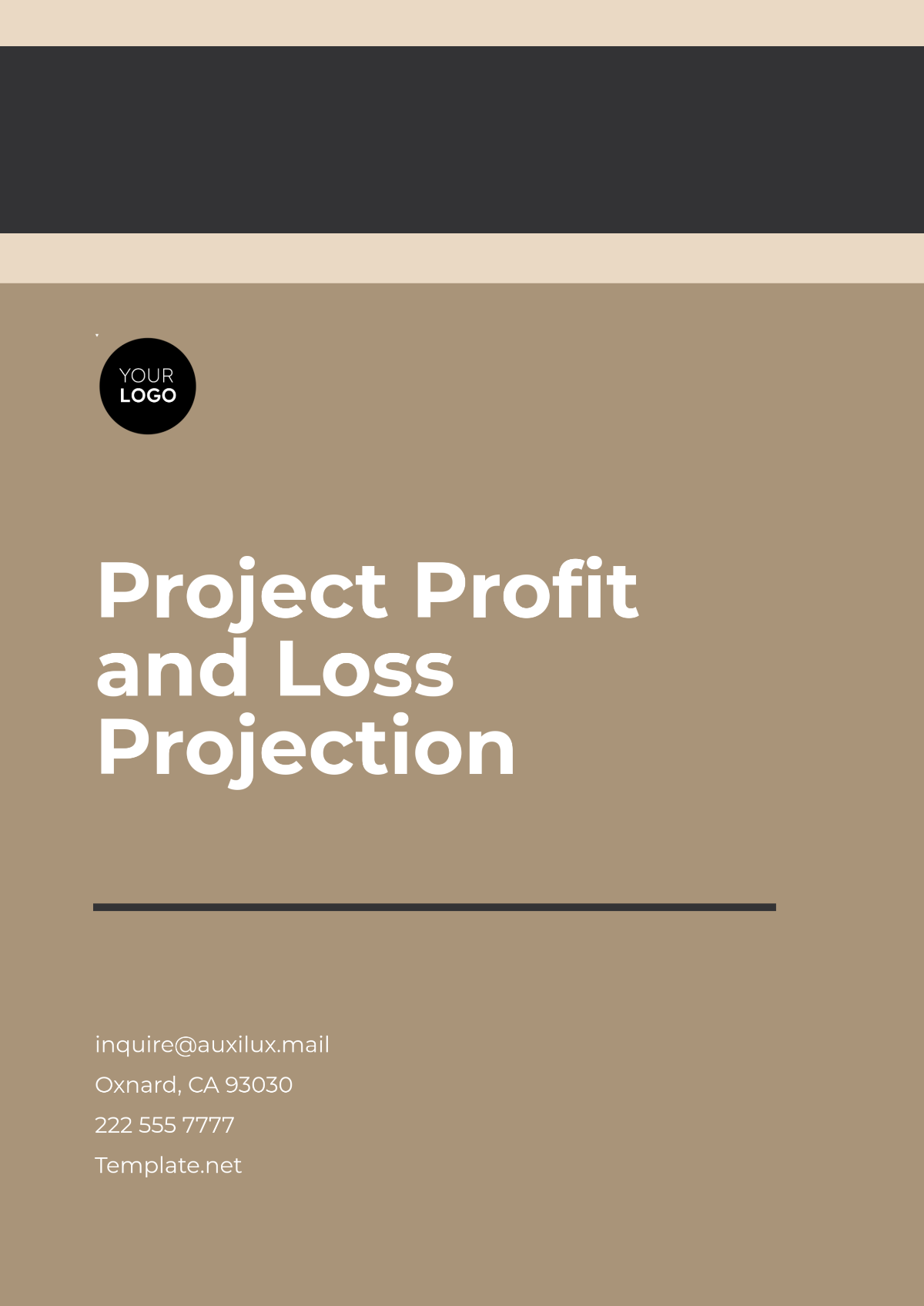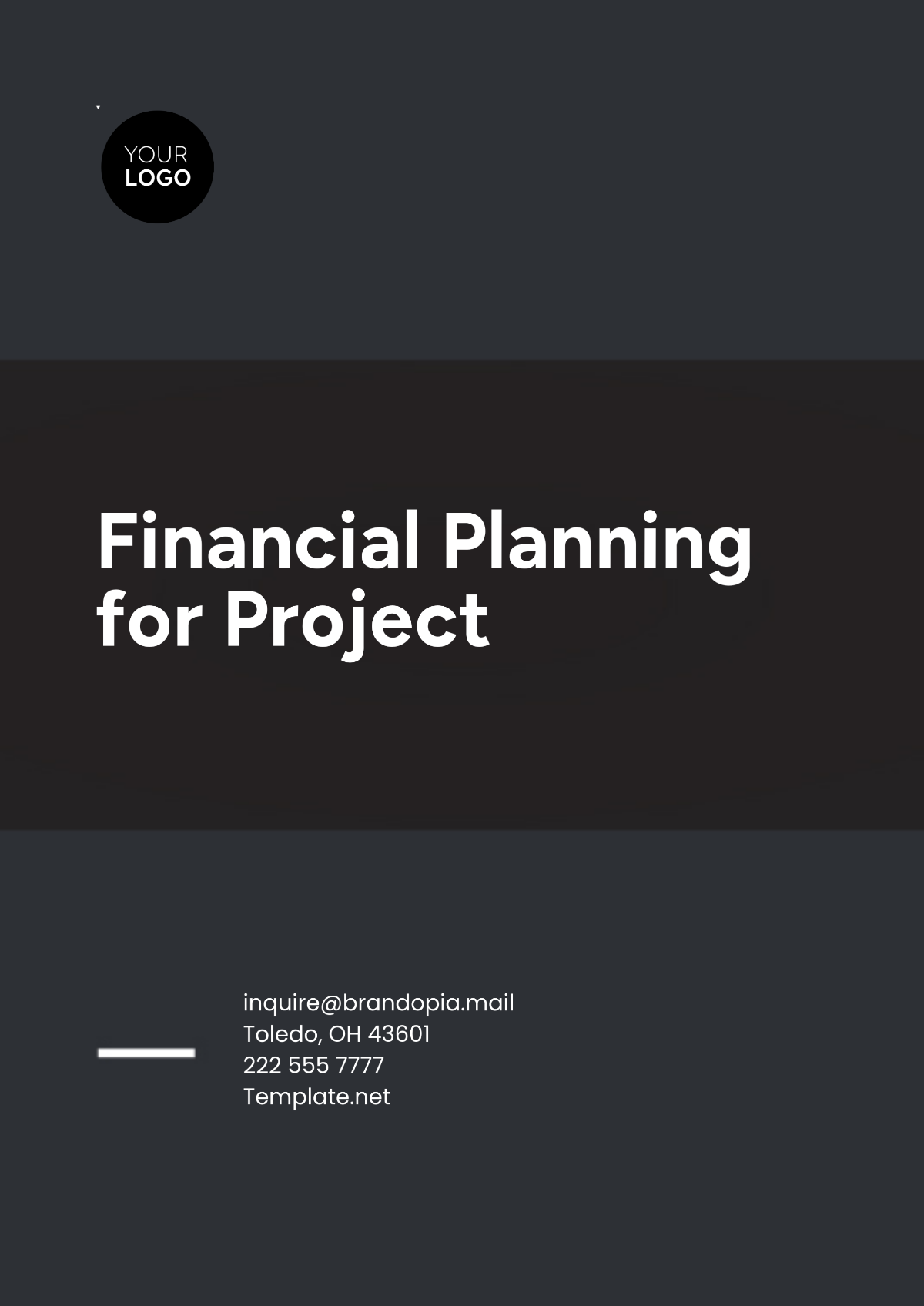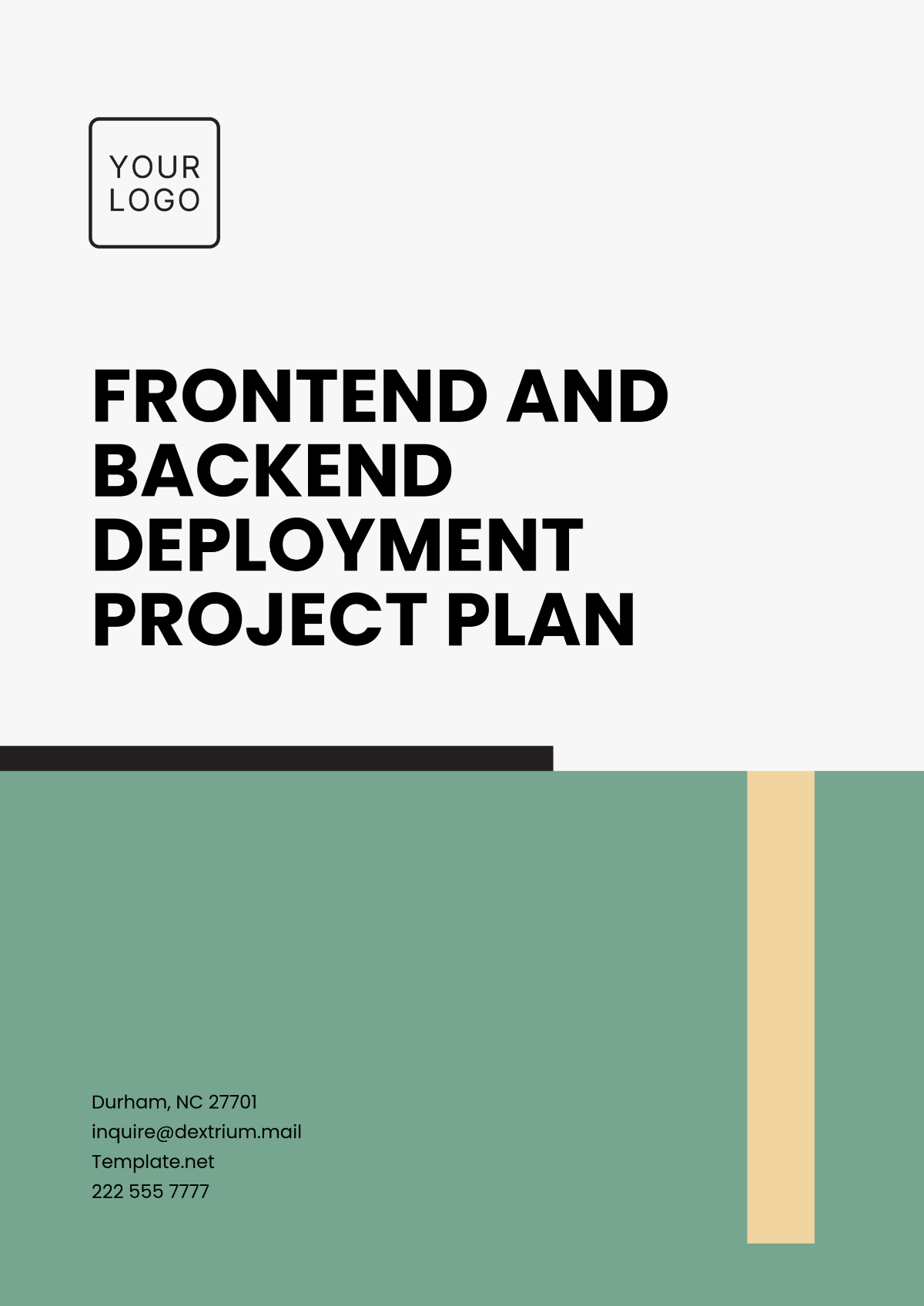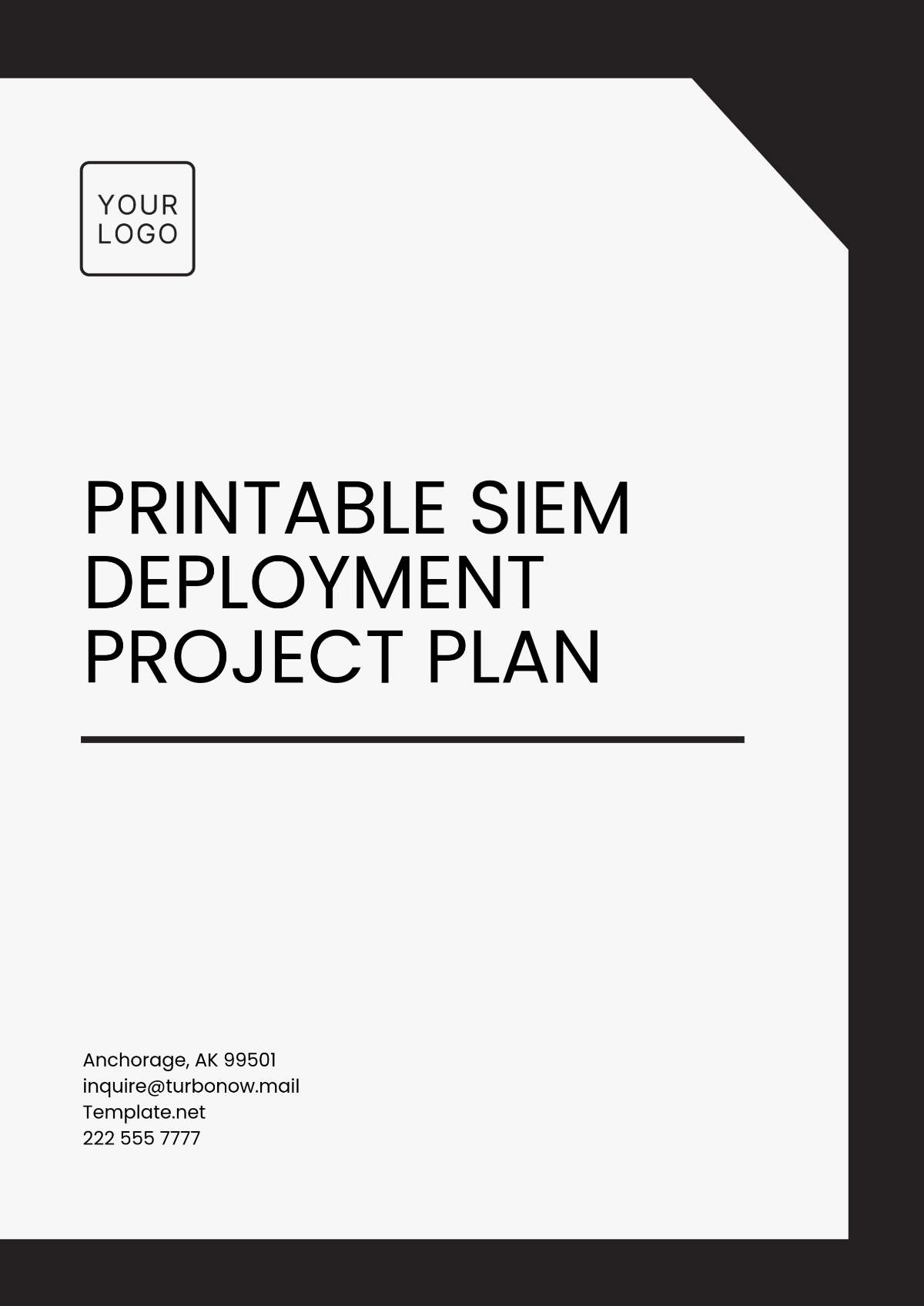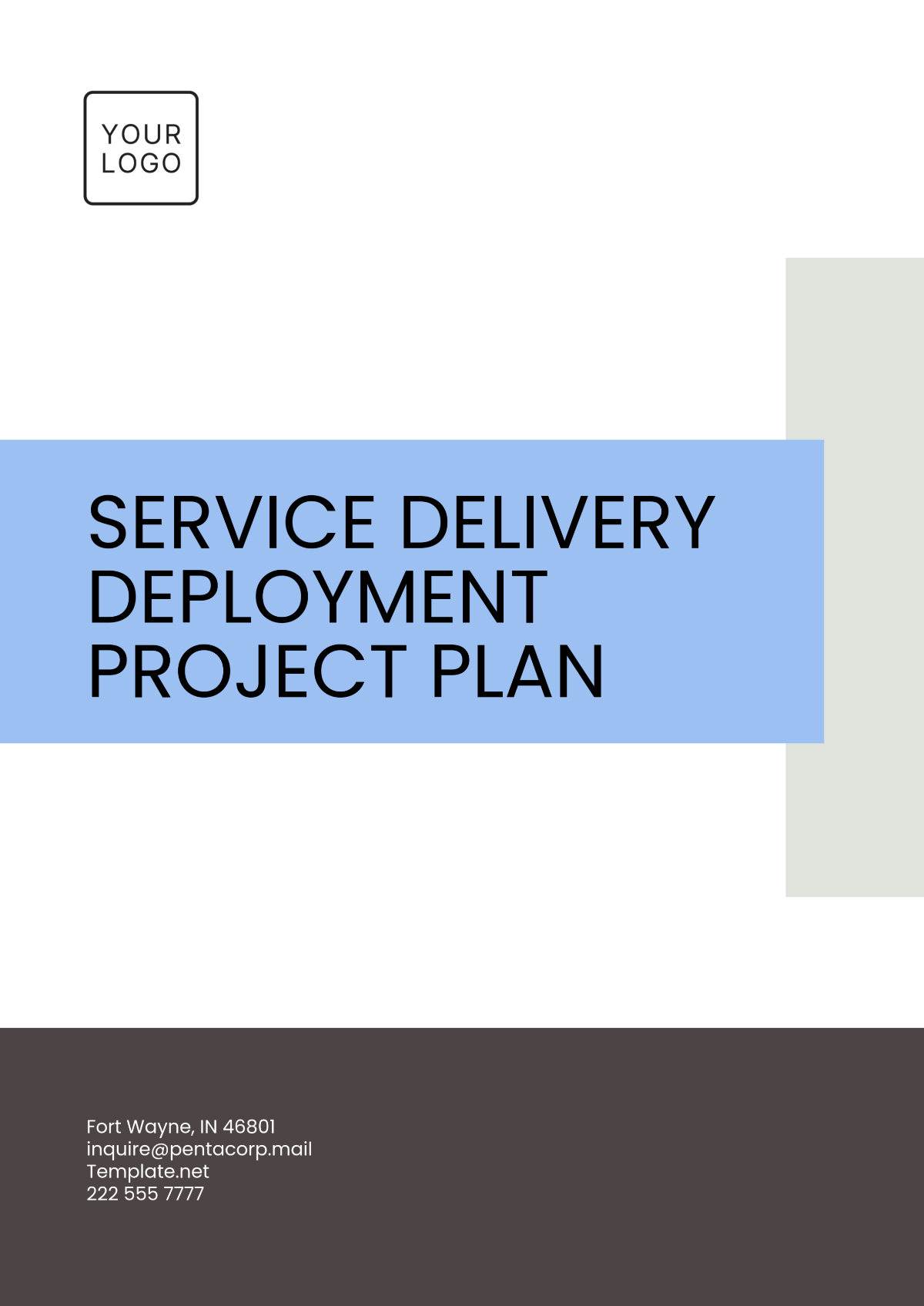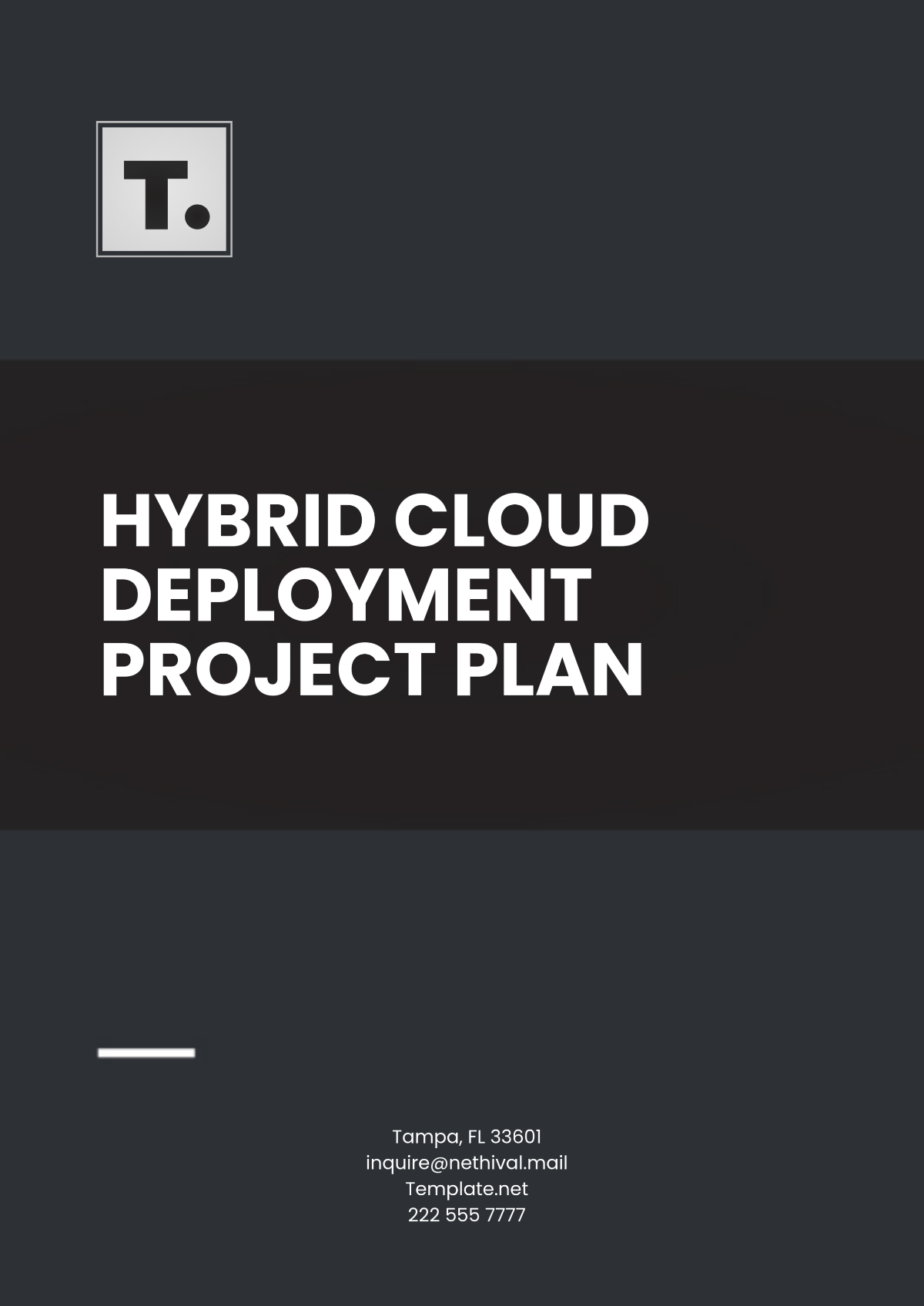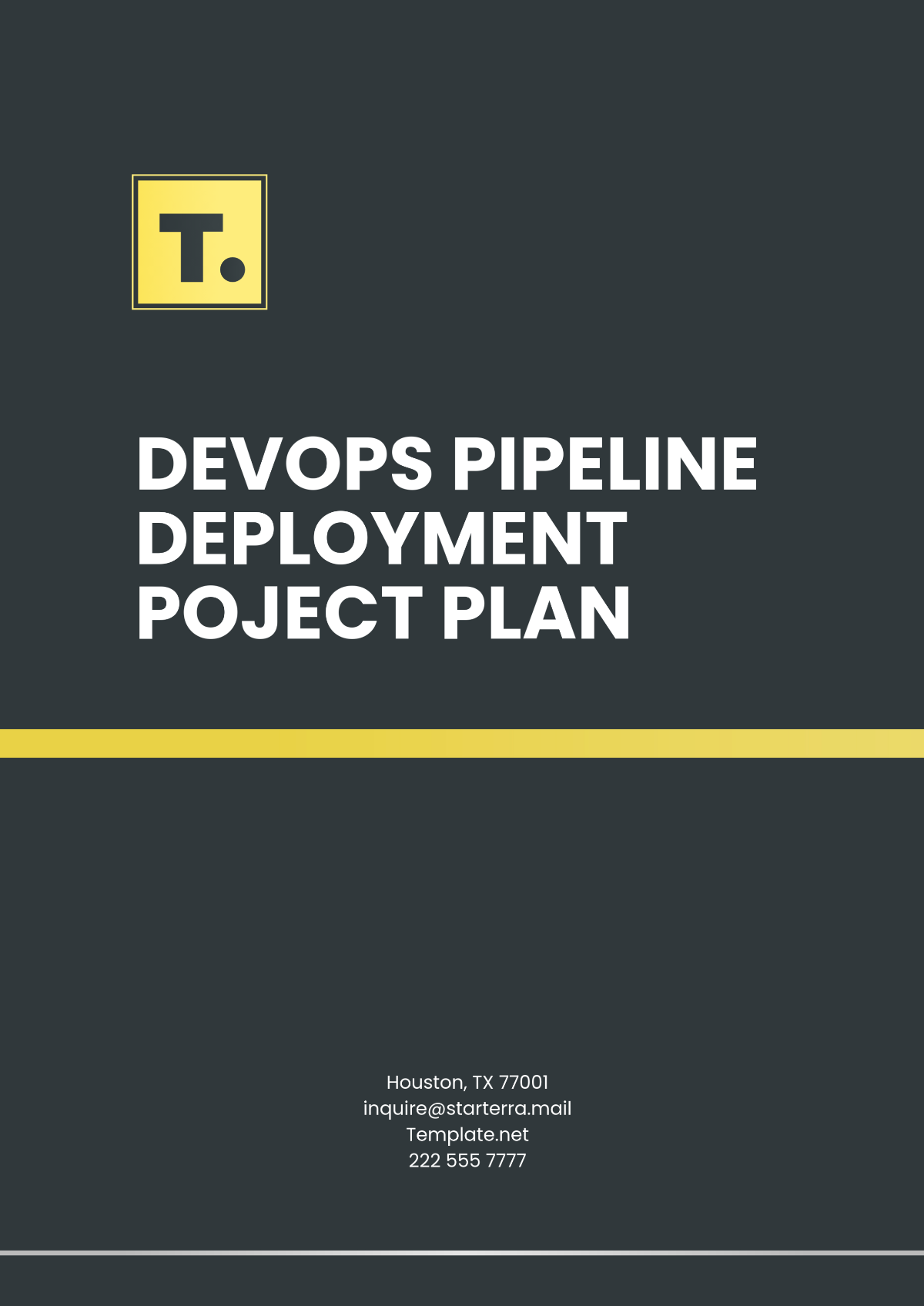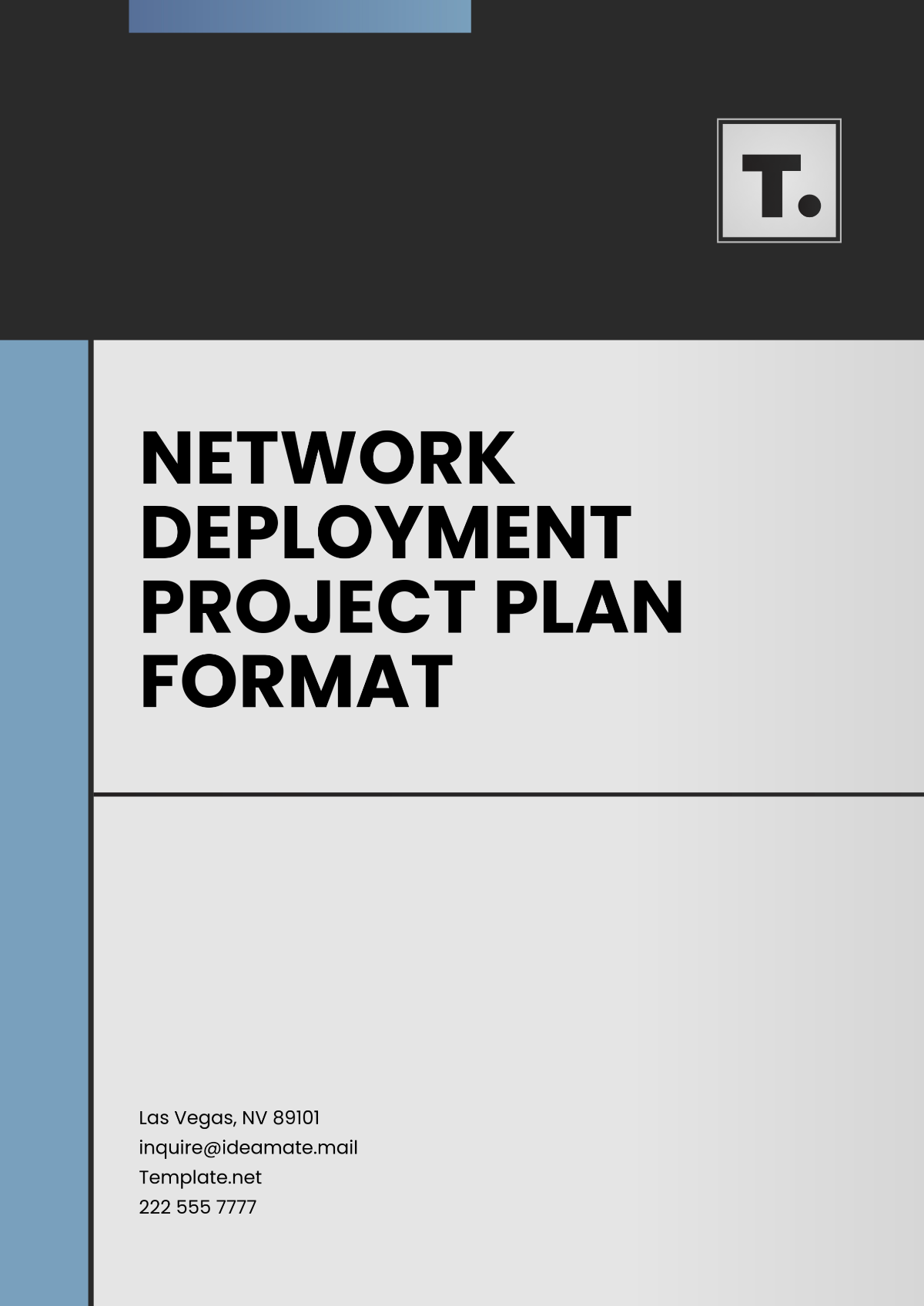5 Year Project Plan
I. Introduction
The 5 Year Project Plan outlines the strategic roadmap for [YOUR COMPANY NAME]'s innovative project development initiatives. This plan aims to guide the development, launch, and growth of [YOUR COMPANY NAME]'s new projects over the next five years.
II. Executive Summary
The New Product Development 5 Year Project Plan for [YOUR COMPANY NAME] outlines the strategic approach for the successful development, launch, and market penetration of [PROJECT NAME]. This plan serves as a comprehensive guide to achieving the company's long-term objectives through systematic project management, resource allocation, and risk mitigation strategies.
Project Overview
[PROJECT NAME] is a cutting-edge smart home device designed to enhance the convenience, security, and energy efficiency of modern households. Leveraging the latest advancements in IoT technology, [PROJECT NAME] offers unique features such as seamless integration with other smart devices, advanced security protocols, and user-friendly interfaces.
III. Project Objectives
Develop [PROJECT NAME] to meet the growing demand for smart home devices.
Launch [PROJECT NAME] in target markets to achieve a 15% market share within five years.
Establish [YOUR COMPANY NAME] as a market leader in smart home technology through innovative offerings.
Generate $50 million in annual sales revenue from [PROJECT NAME] by the end of year five.
IV. Project Scope
The project scope for [PROJECT NAME] includes all phases necessary to develop, launch, and market the product successfully:
1. Ideation and Concept Development
Generate innovative ideas and conduct market research.
Define product vision, key features, and develop concept proposals.
2. Research and Feasibility Analysis
Conduct technical feasibility studies and cost-benefit analyses.
Evaluate risks and gather feedback from potential customers.
3. Design and Prototyping
Create detailed design specifications and initial prototypes.
Iterate design based on testing results and user feedback.
4. Product Testing and Validation
Perform comprehensive functionality and durability tests.
Conduct beta testing and validate product performance.
5. Manufacturing and Production
Finalize design and engineering specifications.
Select manufacturers, set up production lines, and ensure quality control.
6. Marketing and Launch Preparation
Develop a marketing strategy and create promotional materials.
Plan and execute pre-launch activities and coordinate logistics.
7. Product Launch and Distribution
Launch [PROJECT NAME] with a marketing campaign.
Monitor sales performance and manage inventory and distribution.
8. Post-Launch Review and Continuous Improvement
Analyze sales data and customer feedback.
Implement product updates or enhancements as needed.
Conduct regular reviews to ensure long-term objectives are met.
V. Project Timeline
Year | Activities |
|---|---|
Year 1 |
|
Year 2 |
|
Year 3 |
|
Year 4 |
|
Year 5 |
|
VI. Resource Allocation
Human Resources: 20 dedicated team members across project development, marketing, sales, and operations.
Financial Resources: $10 million allocated for research, development, manufacturing, marketing, and distribution activities.
Technology and Equipment: Investment in specialized equipment and technology infrastructure to support project development and production processes.
VII. Risk Management
Identifying and mitigating risks is crucial for the success of the [PROJECT NAME] project. Below are some potential risks and corresponding mitigation strategies:
1. Technological Hurdles
Risk | Rapid advancements in technology may make the current project obsolete. |
Mitigation | Establish a dedicated R&D team to stay updated with emerging technologies and incorporate relevant advancements into [PROJECT NAME]. Maintain flexibility in design and production processes to accommodate future technological changes. |
2. Market Competition
Risk | Competitors may introduce similar products with better features or pricing. |
Mitigation | Conduct regular competitor analysis to stay informed about market trends and competitor activities. Differentiate [PROJECT NAME] by focusing on unique features, superior quality, and exceptional customer service. Invest in branding and marketing efforts to build brand loyalty and customer trust. |
3. Regulatory Compliance
Risk | Changes in regulatory requirements or standards may impact project development and distribution. |
Mitigation | Stay abreast of relevant regulations and standards applicable to smart home devices. Collaborate with legal experts to ensure [PROJECT NAME] complies with all regulatory requirements. Conduct thorough testing and certification processes to obtain necessary approvals before launching the product. |
4. Supply Chain Disruptions
Risk | Disruptions in the supply chain, such as raw material shortages or transportation delays, may affect production schedules. |
Mitigation | Diversify the supplier base to reduce dependency on a single source. Maintain open communication channels with suppliers and monitor supply chain performance closely. Develop contingency plans and alternative sourcing strategies to address potential disruptions promptly. |
5. Market Acceptance
Risk | [PROJECT NAME] may not meet consumer expectations or gain traction in the market. |
Mitigation | Conduct extensive market research and user testing to understand consumer needs and preferences accurately. Incorporate user feedback into project development iterations to ensure [PROJECT NAME] aligns with market demands. Implement a phased launch strategy with targeted marketing campaigns to generate buzz and create anticipation among potential customers. |
VIII. Conclusion
The 5 Year Project Plan provides a strategic framework for [YOUR COMPANY NAME] to innovate, create value, and achieve sustainable growth through the successful launch and commercialization of [PROJECT NAME]. By adhering to the outlined objectives, scope, timeline, and resource allocation, [YOUR COMPANY NAME] aims to position itself as a leading player in the smart home technology market.
